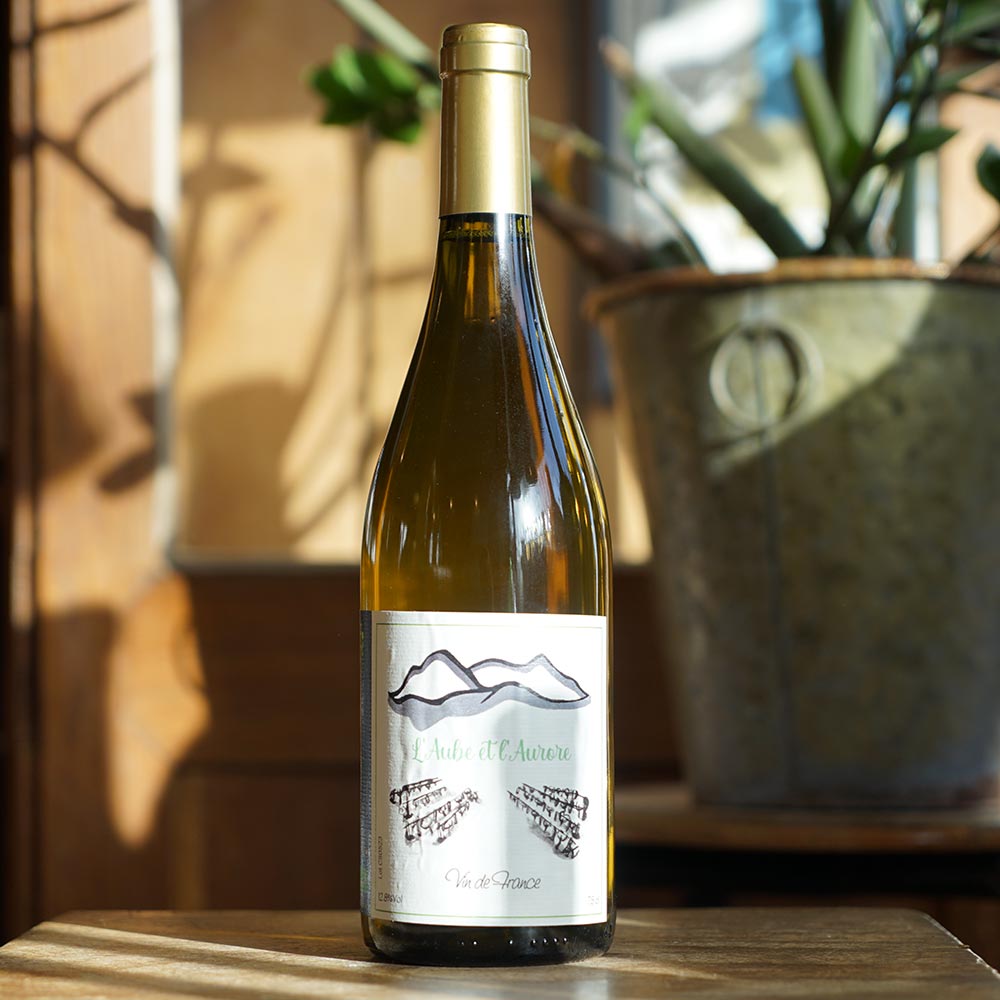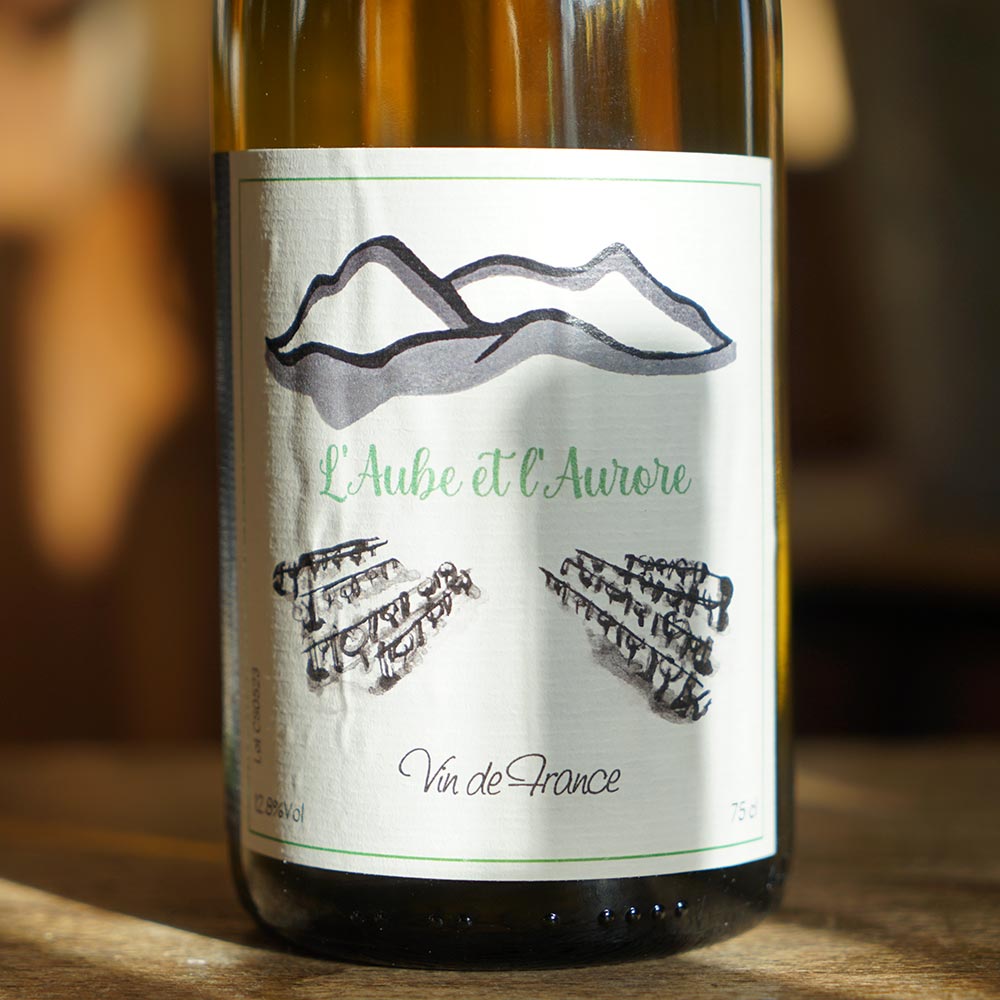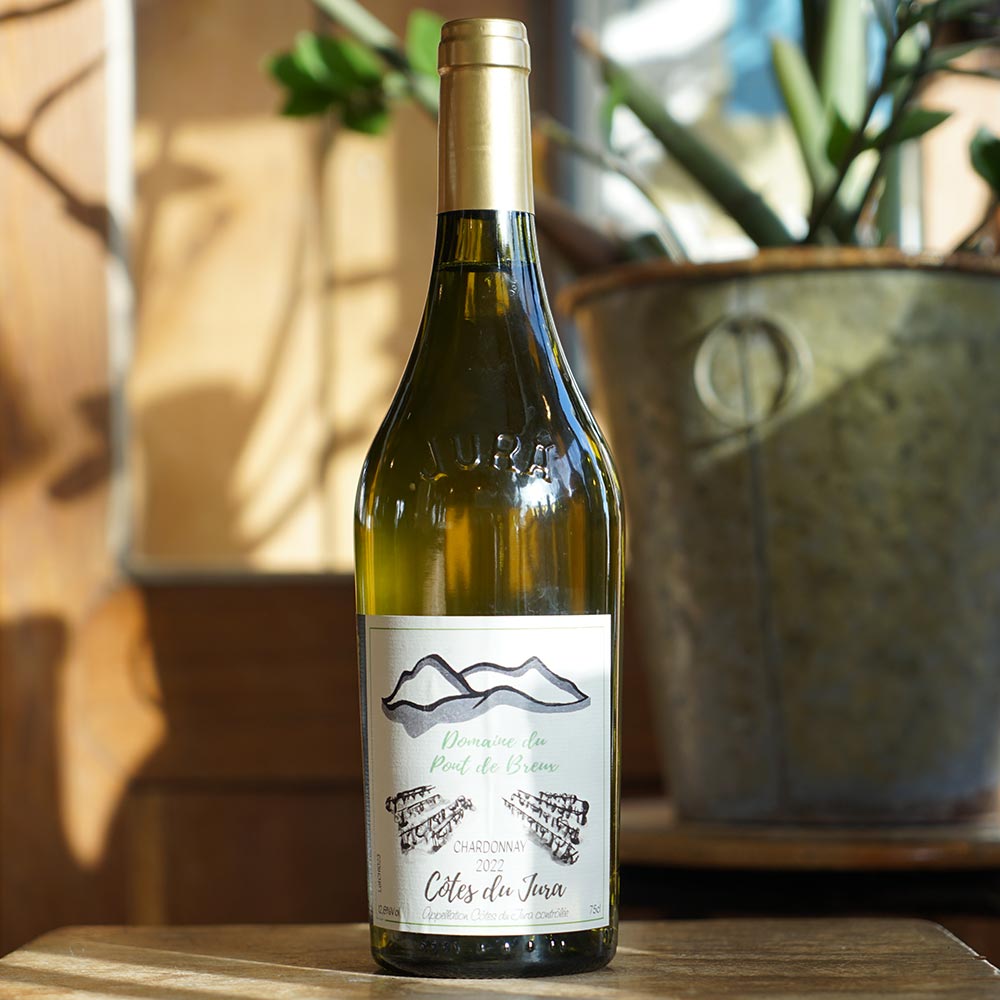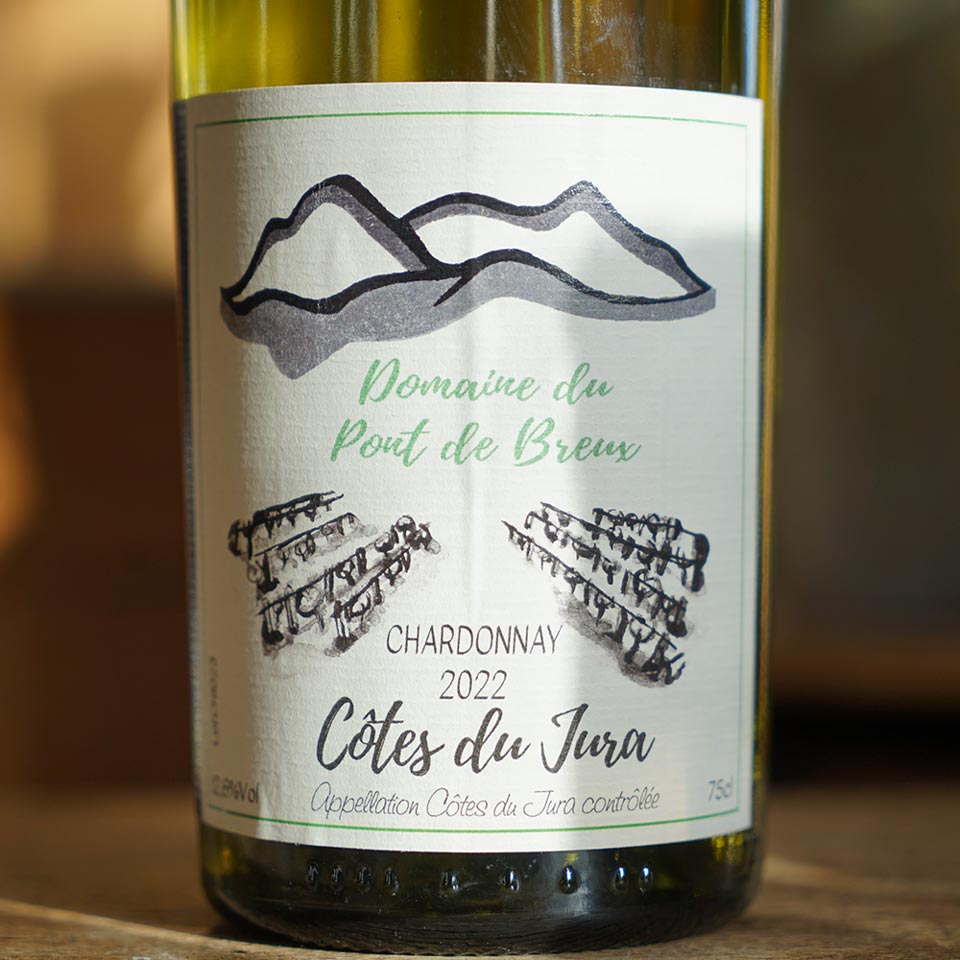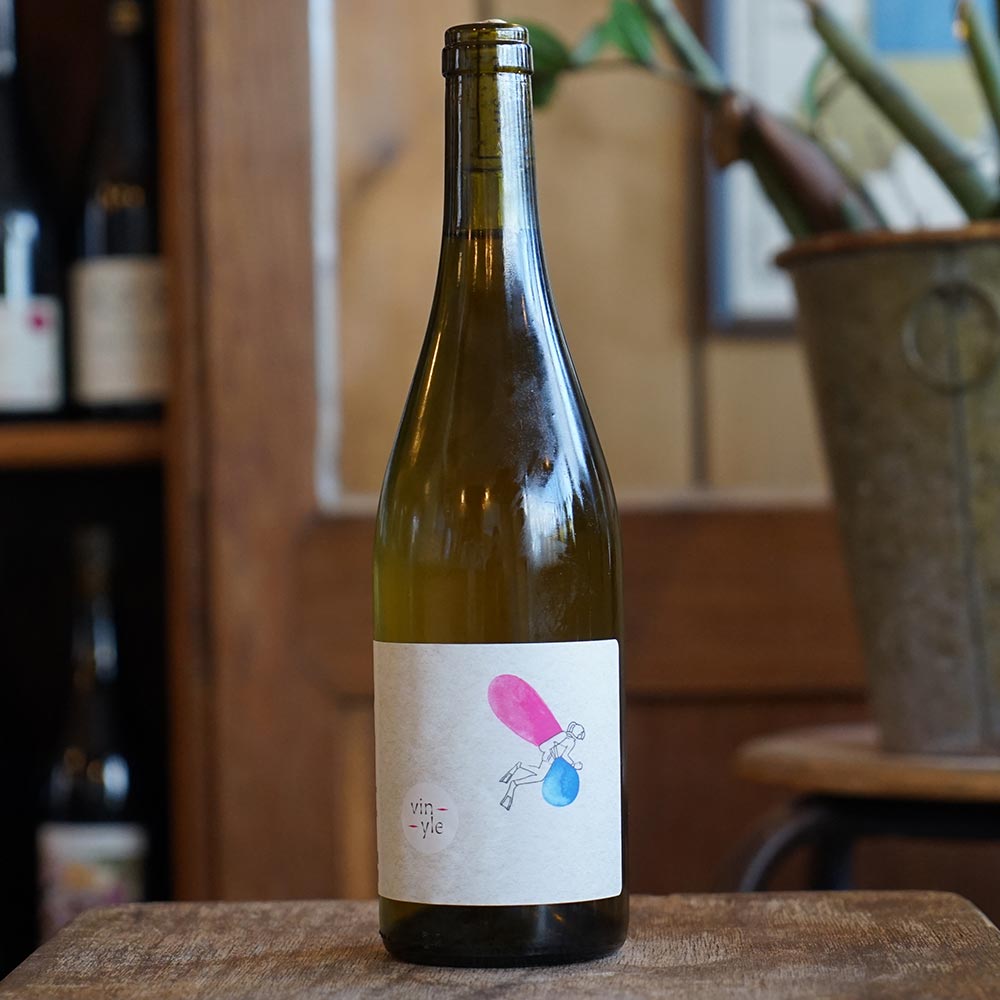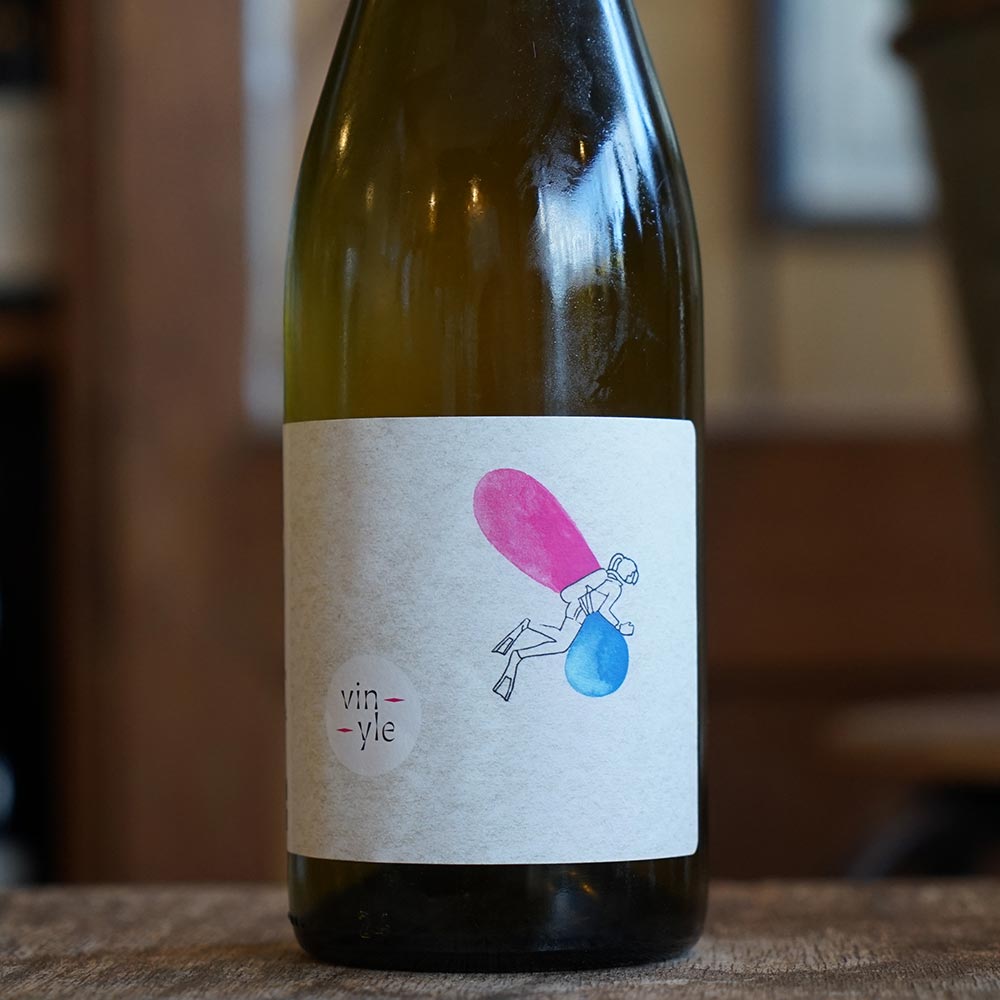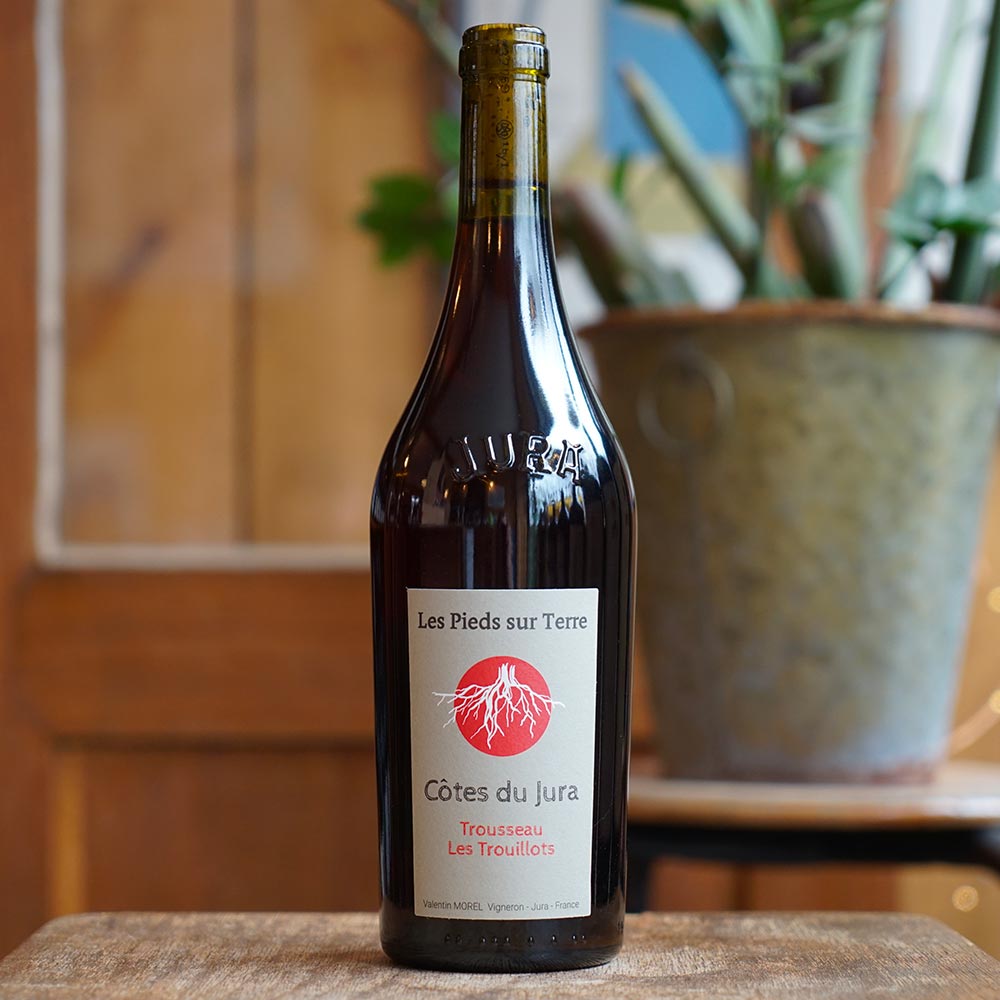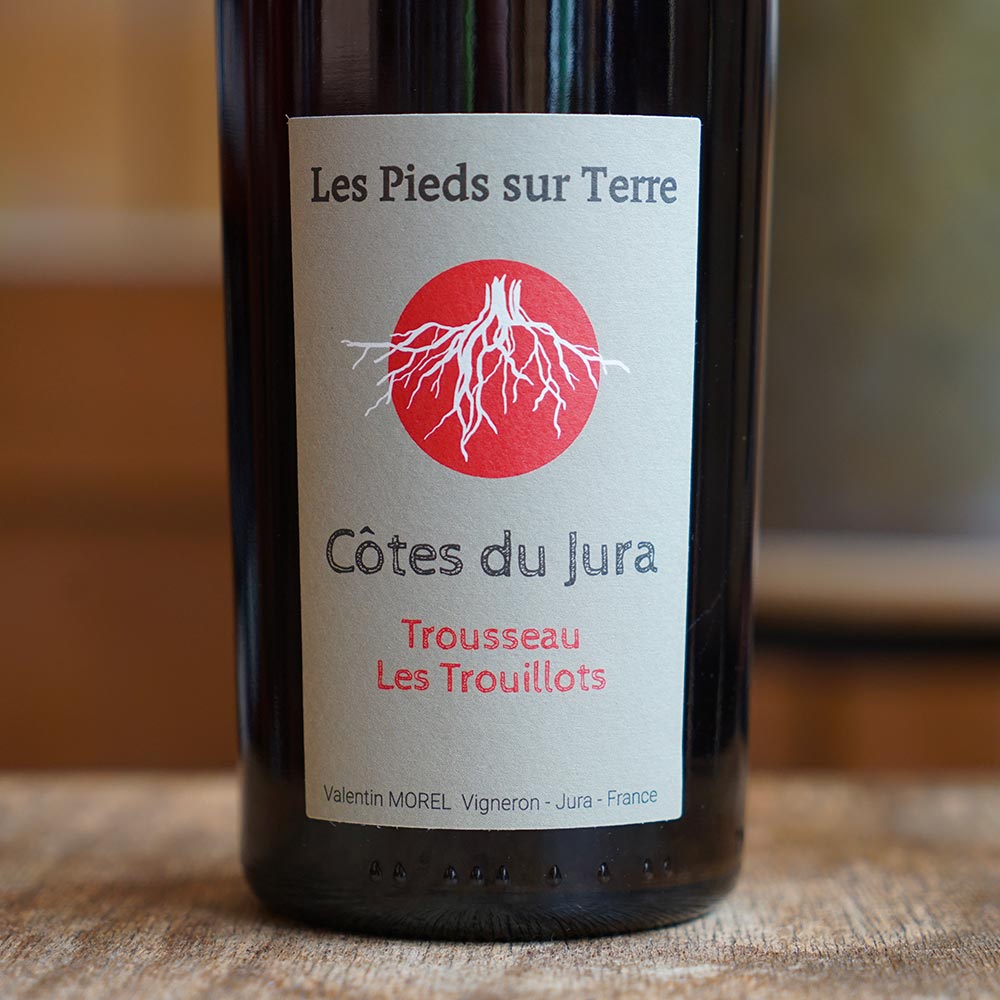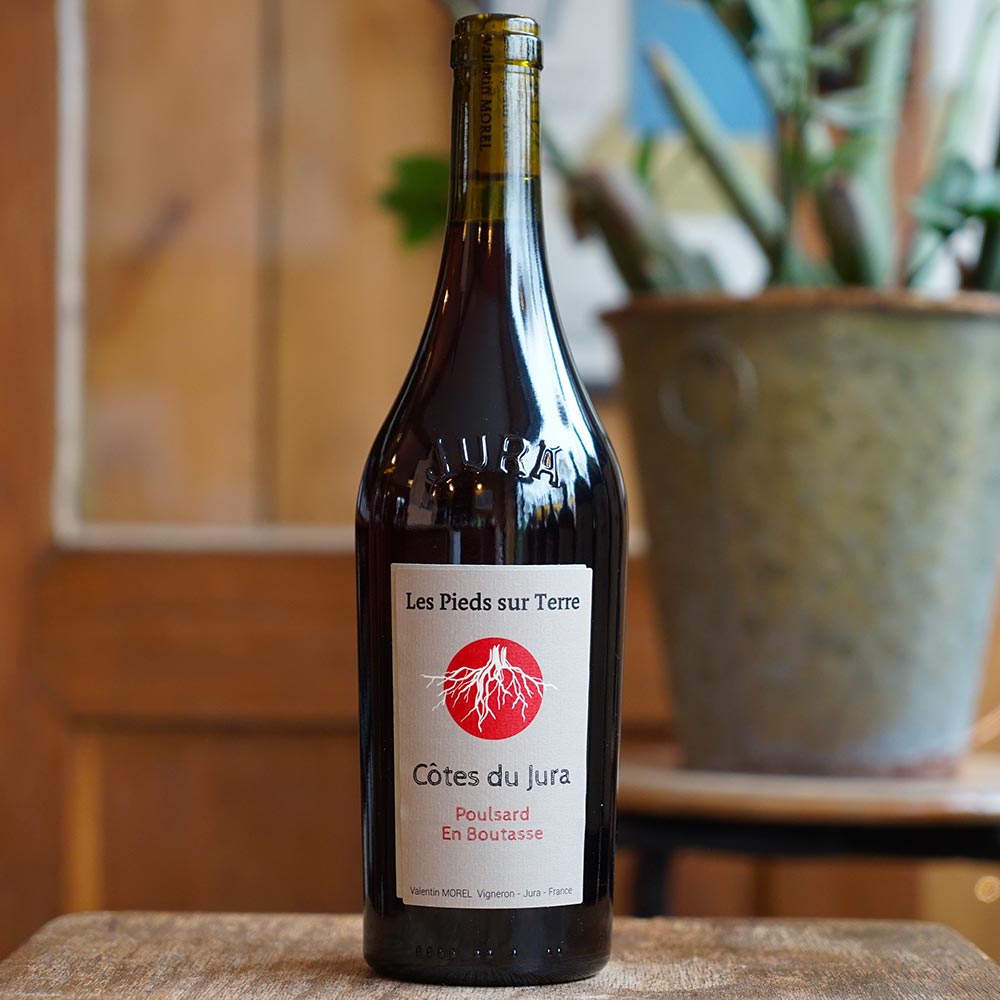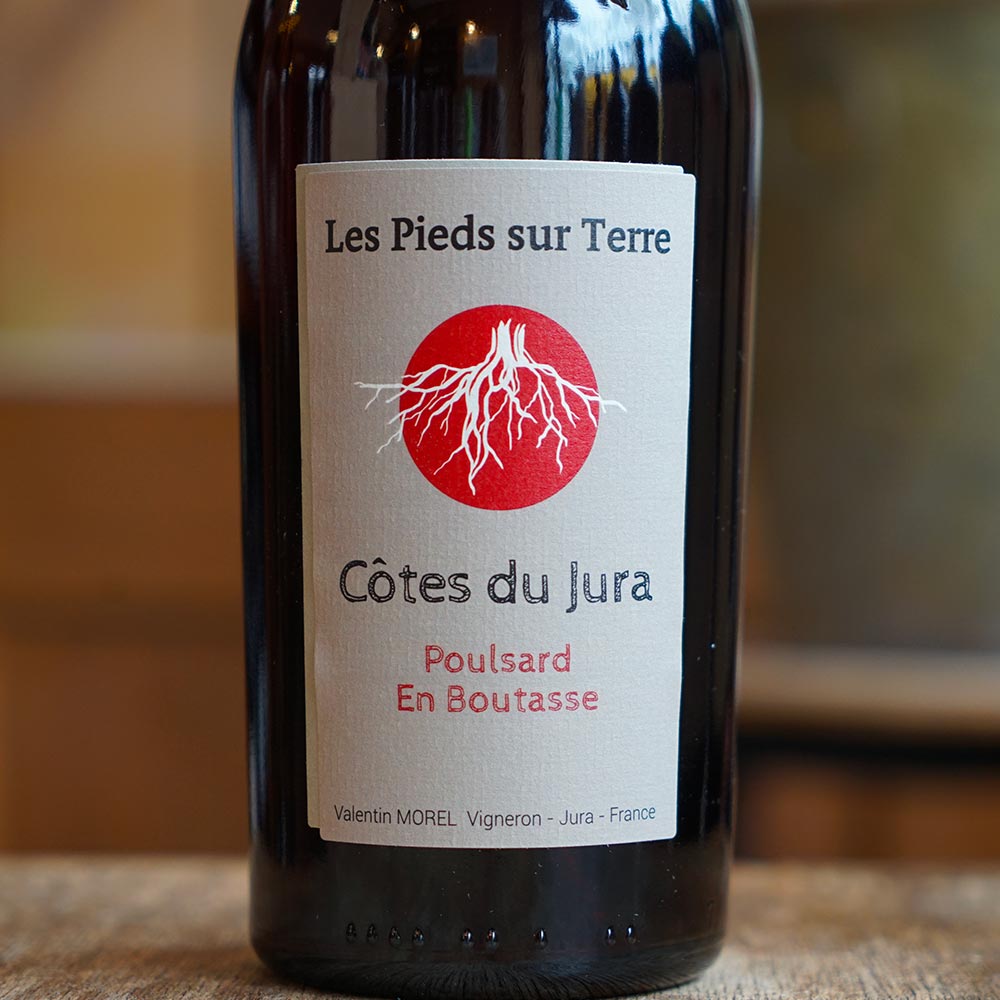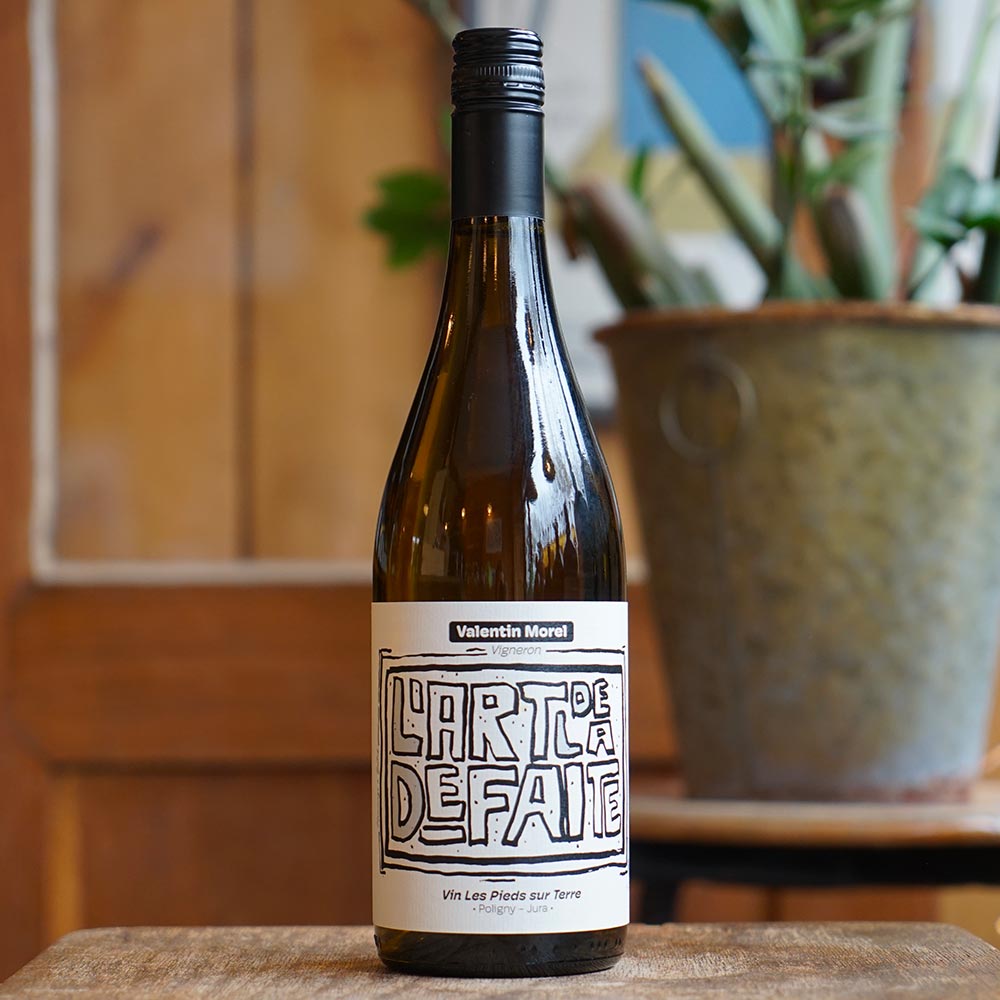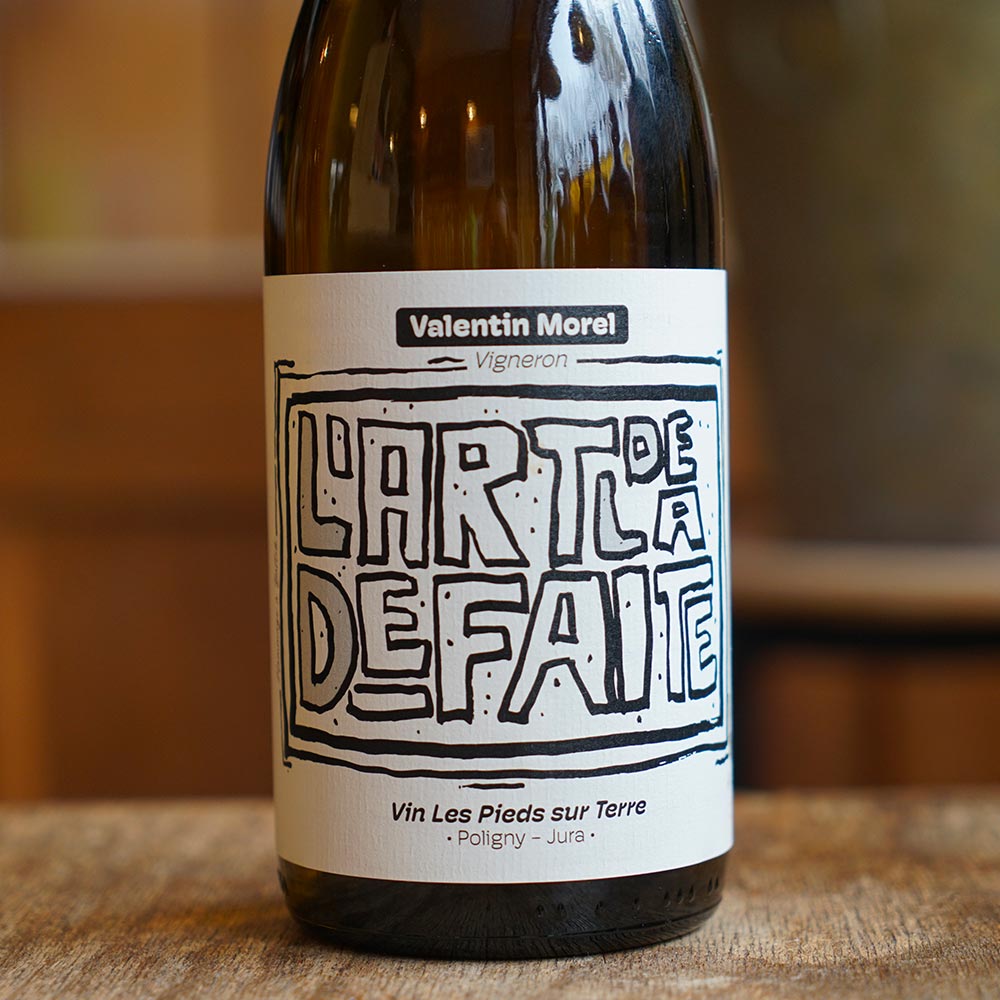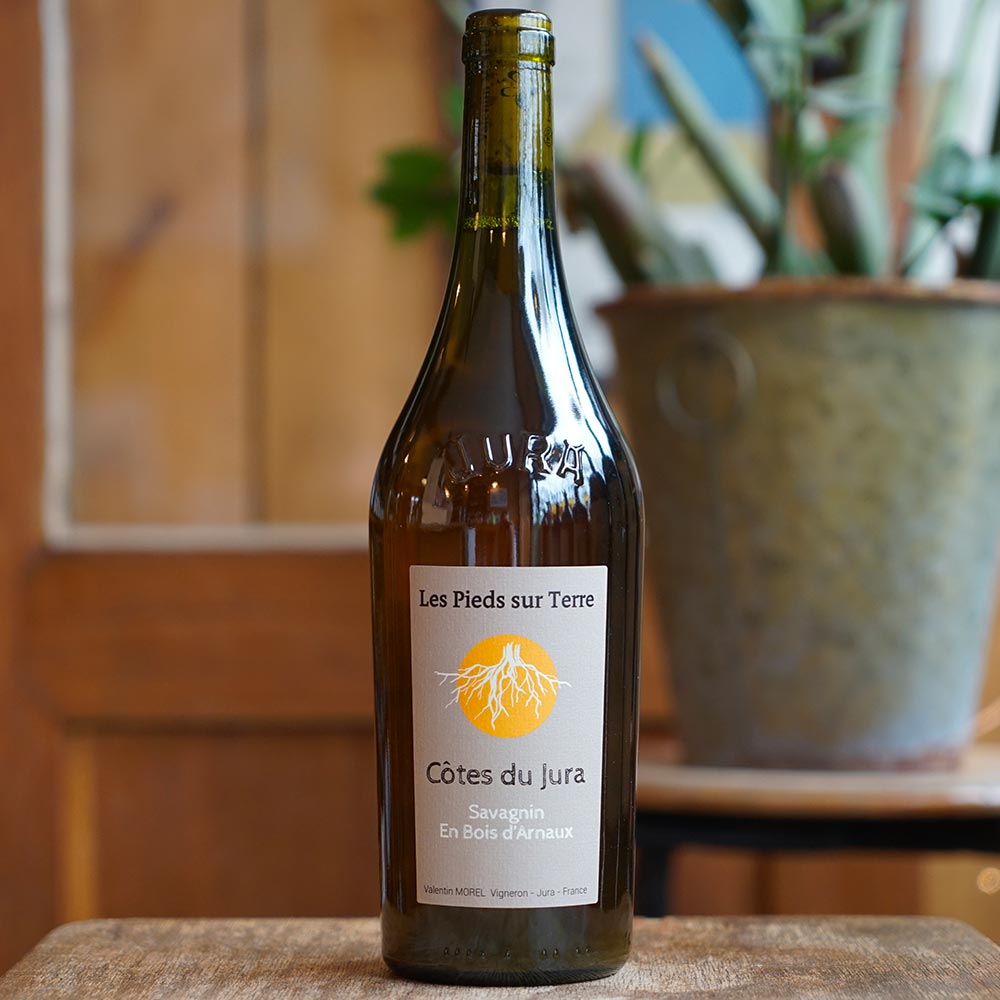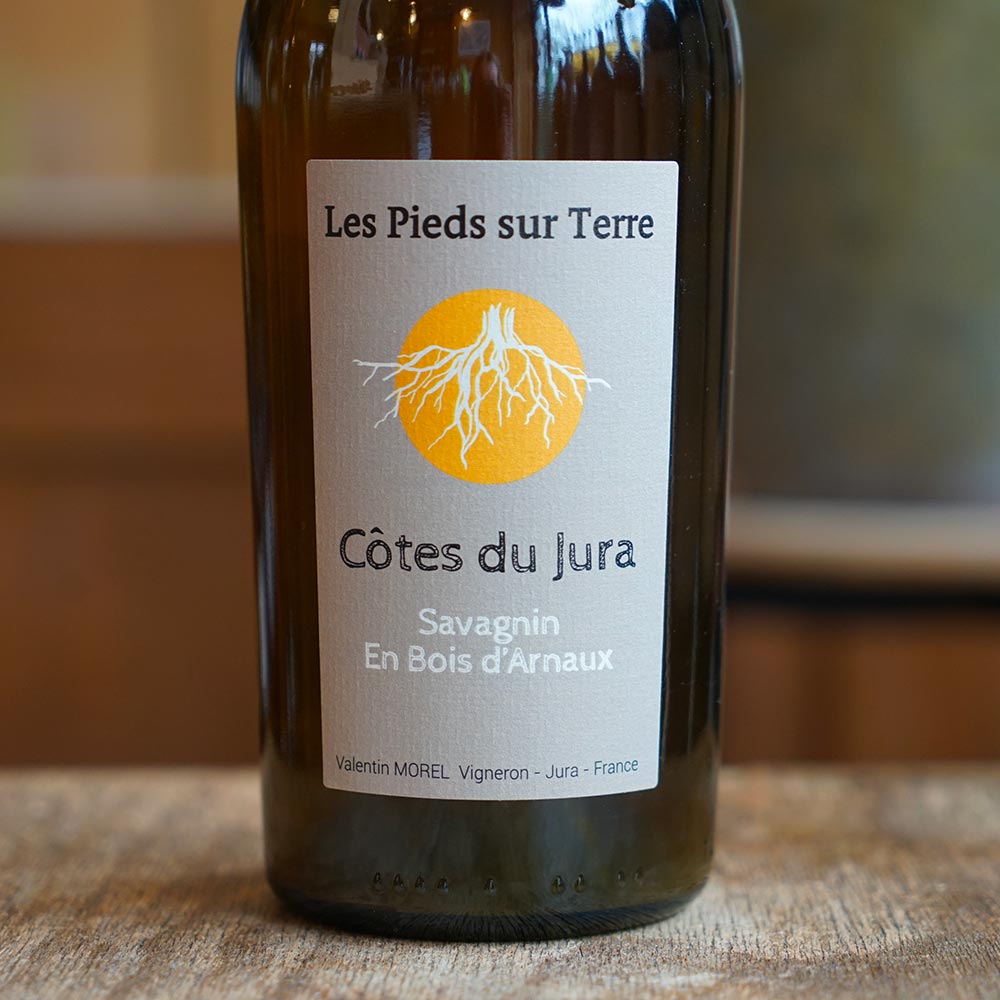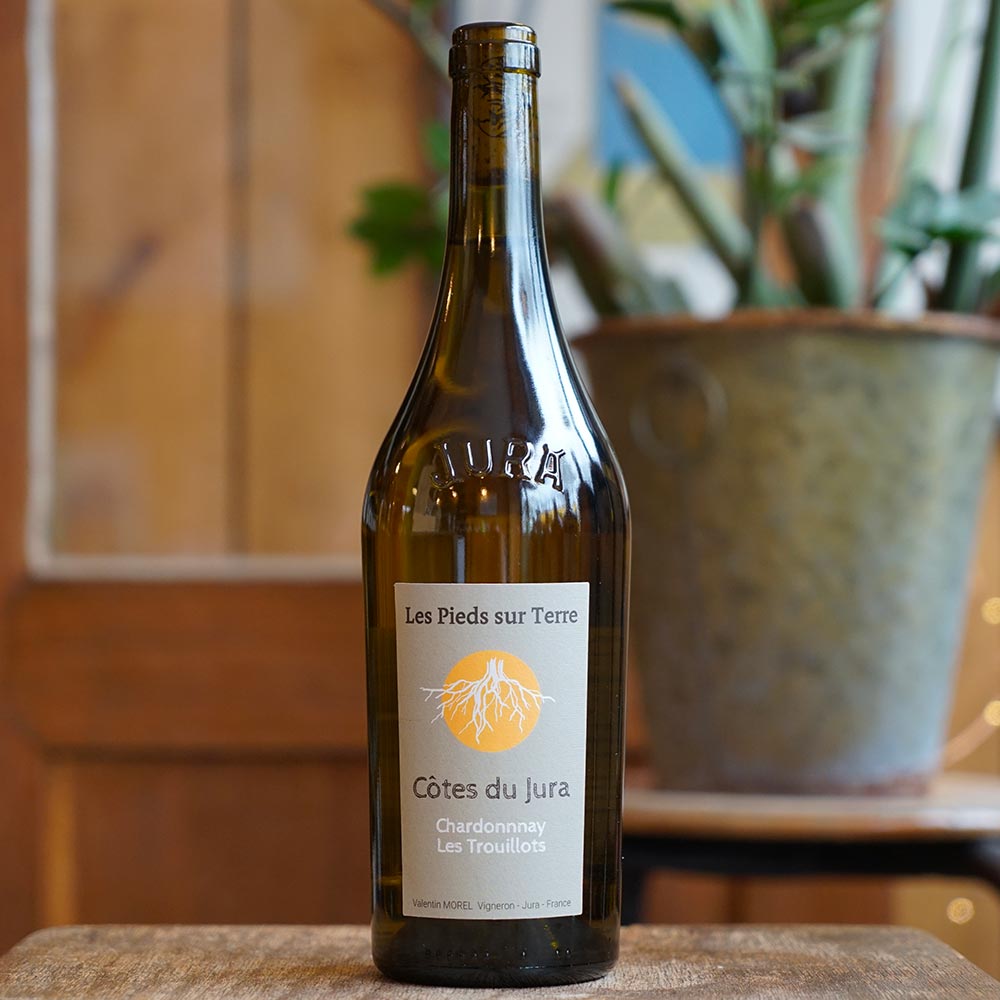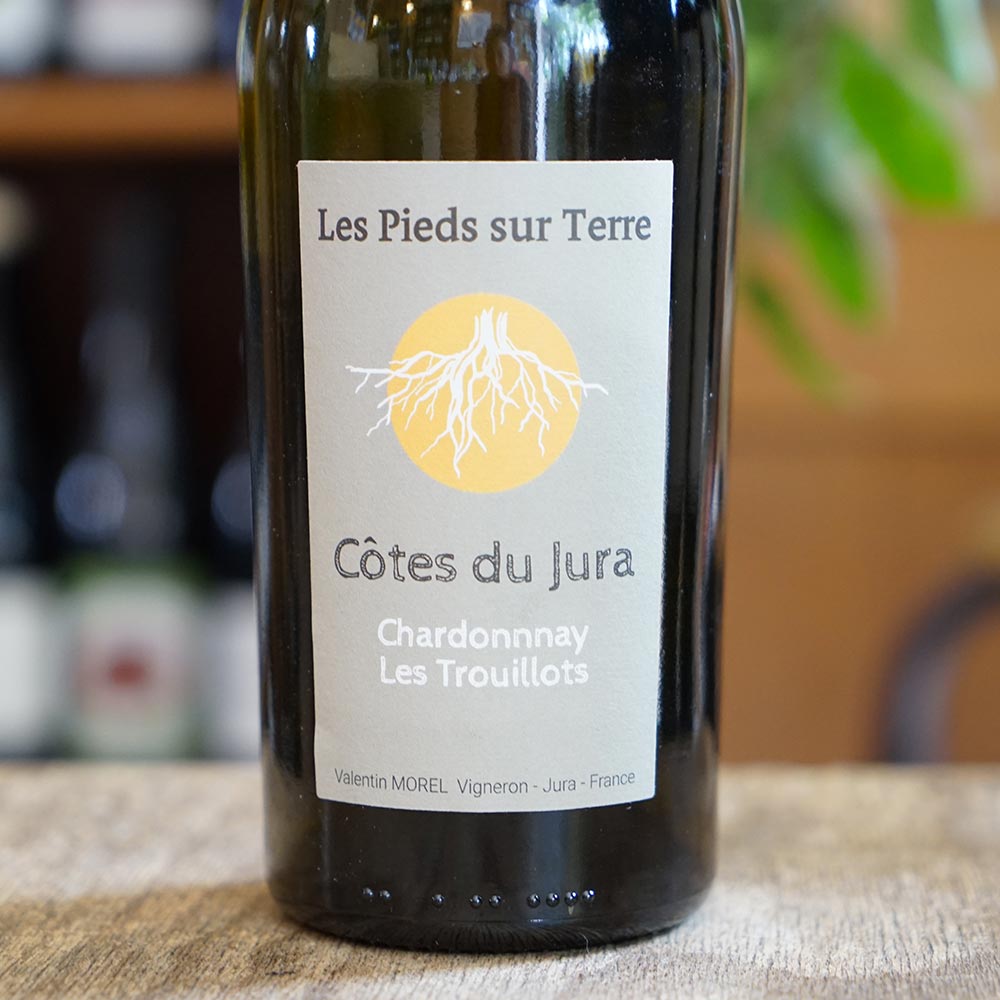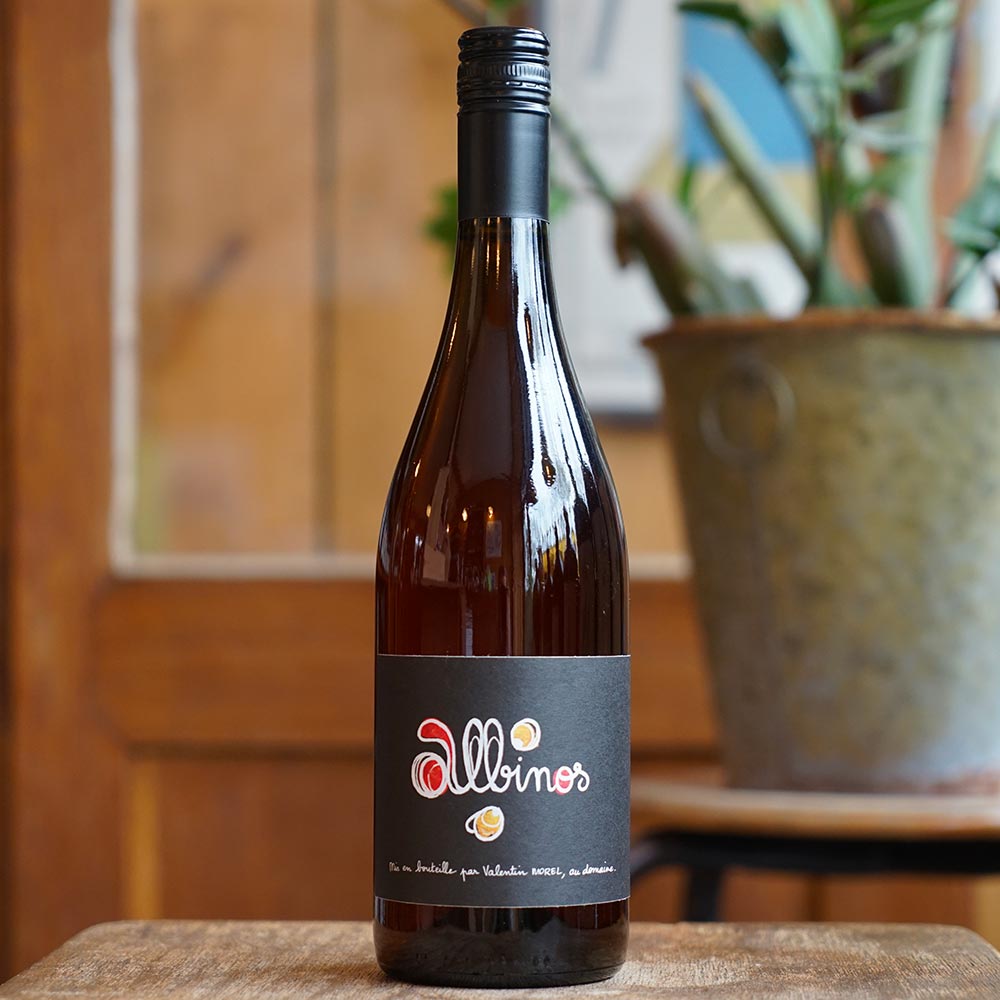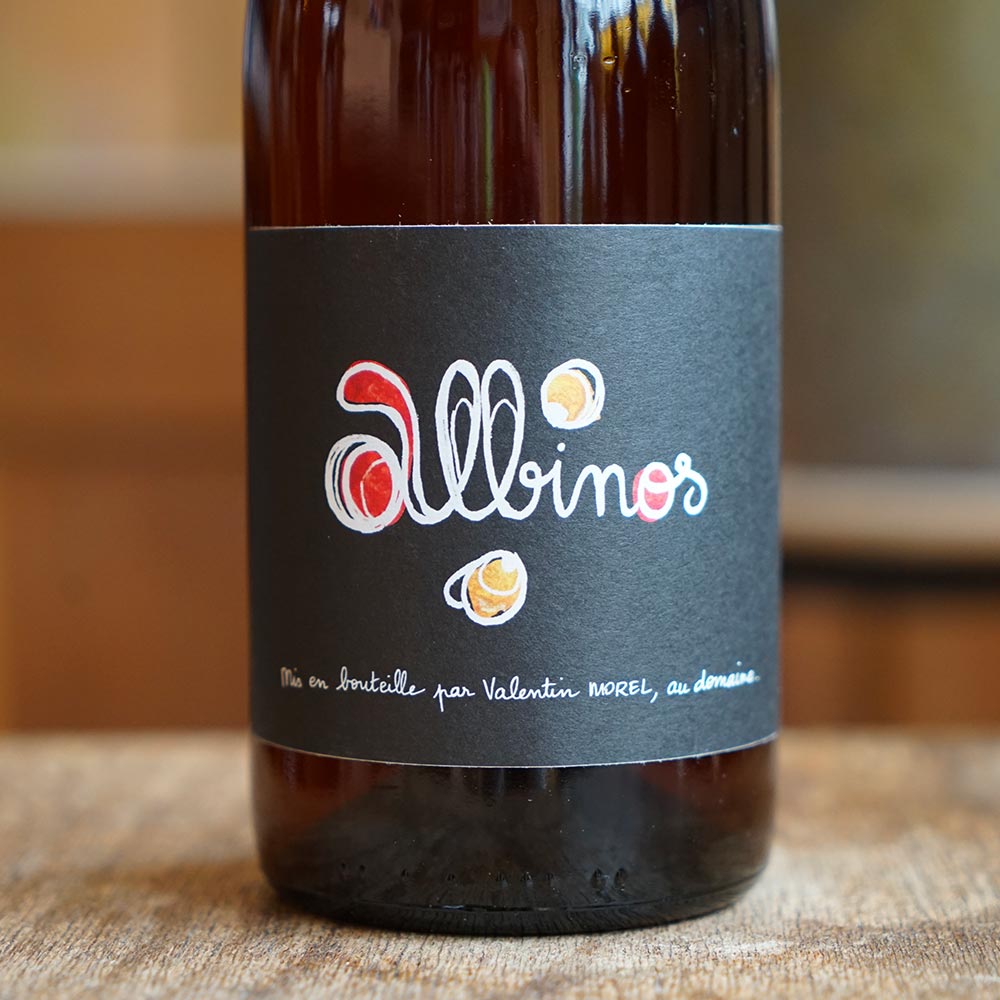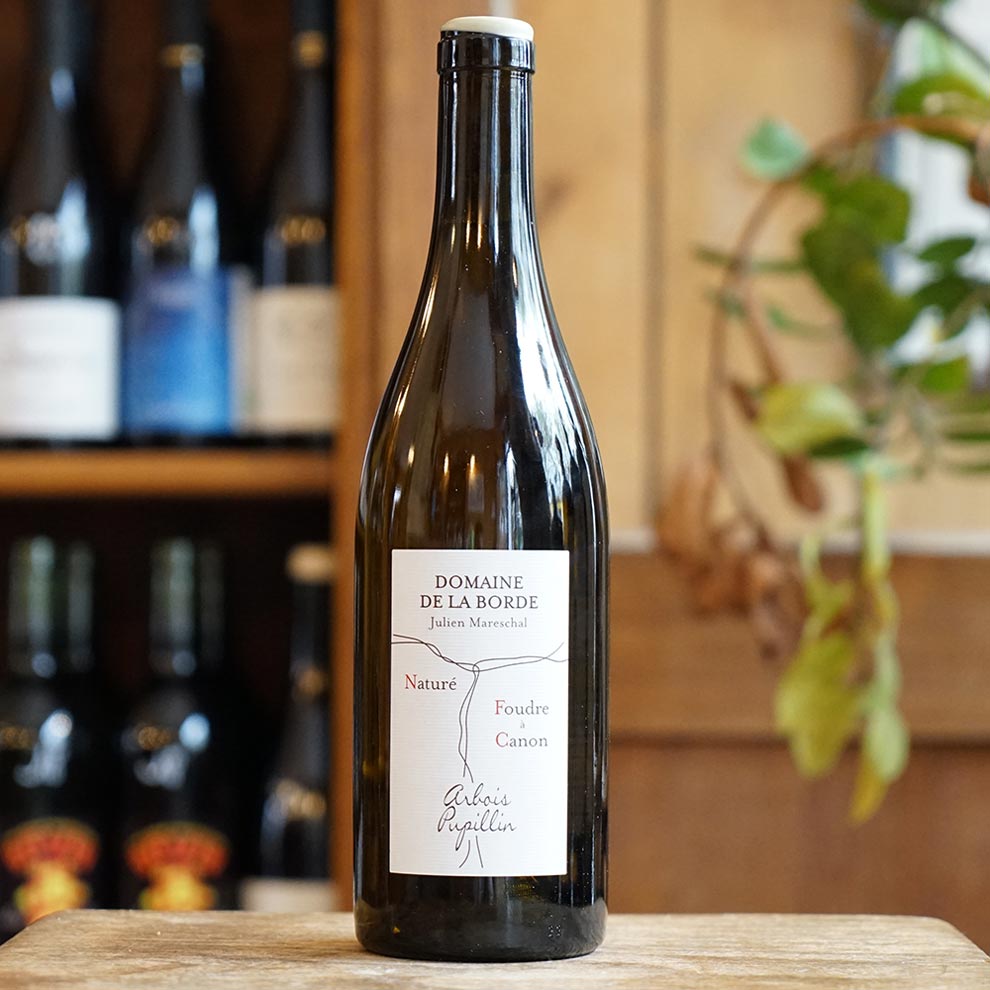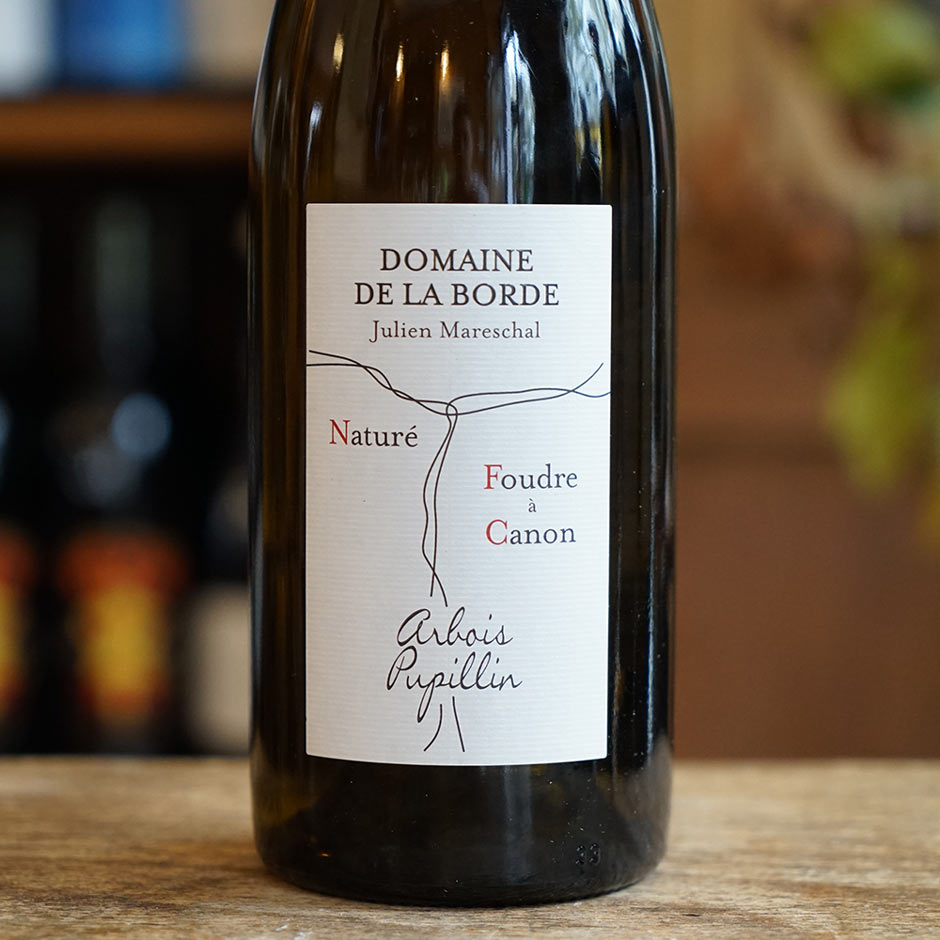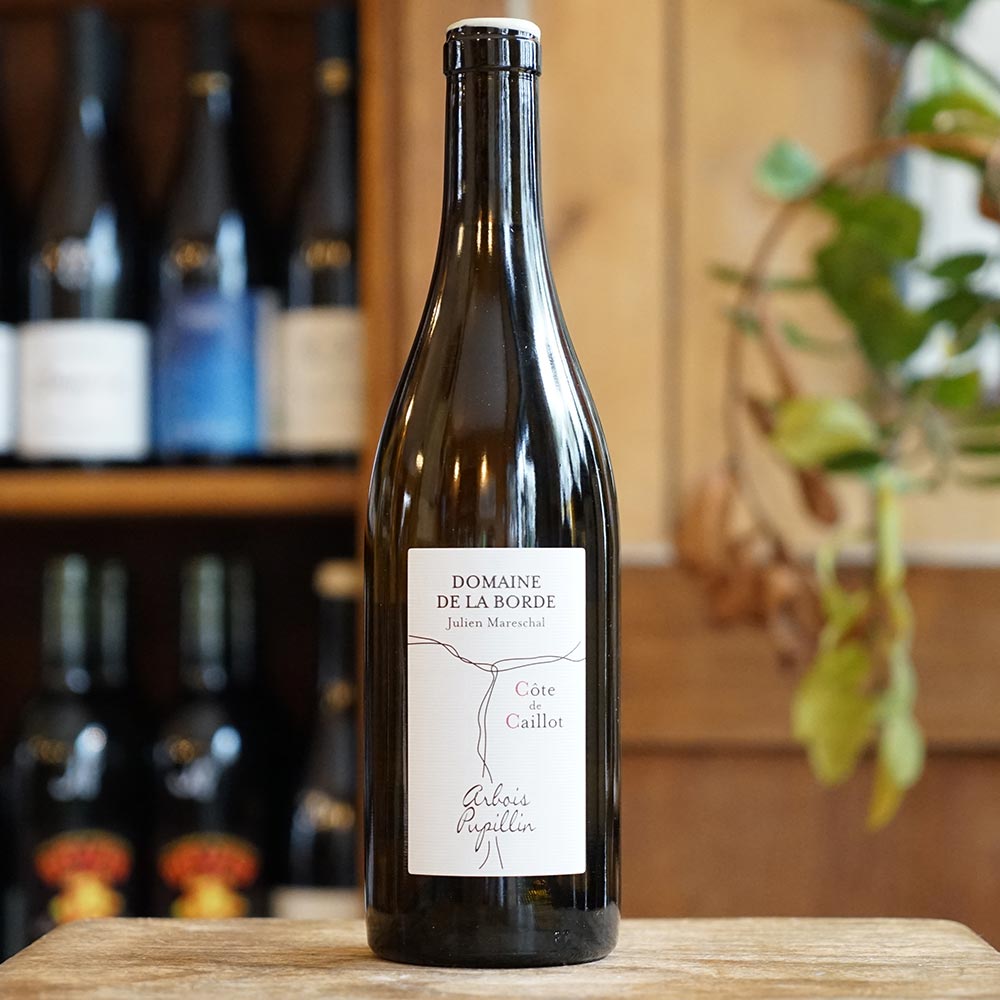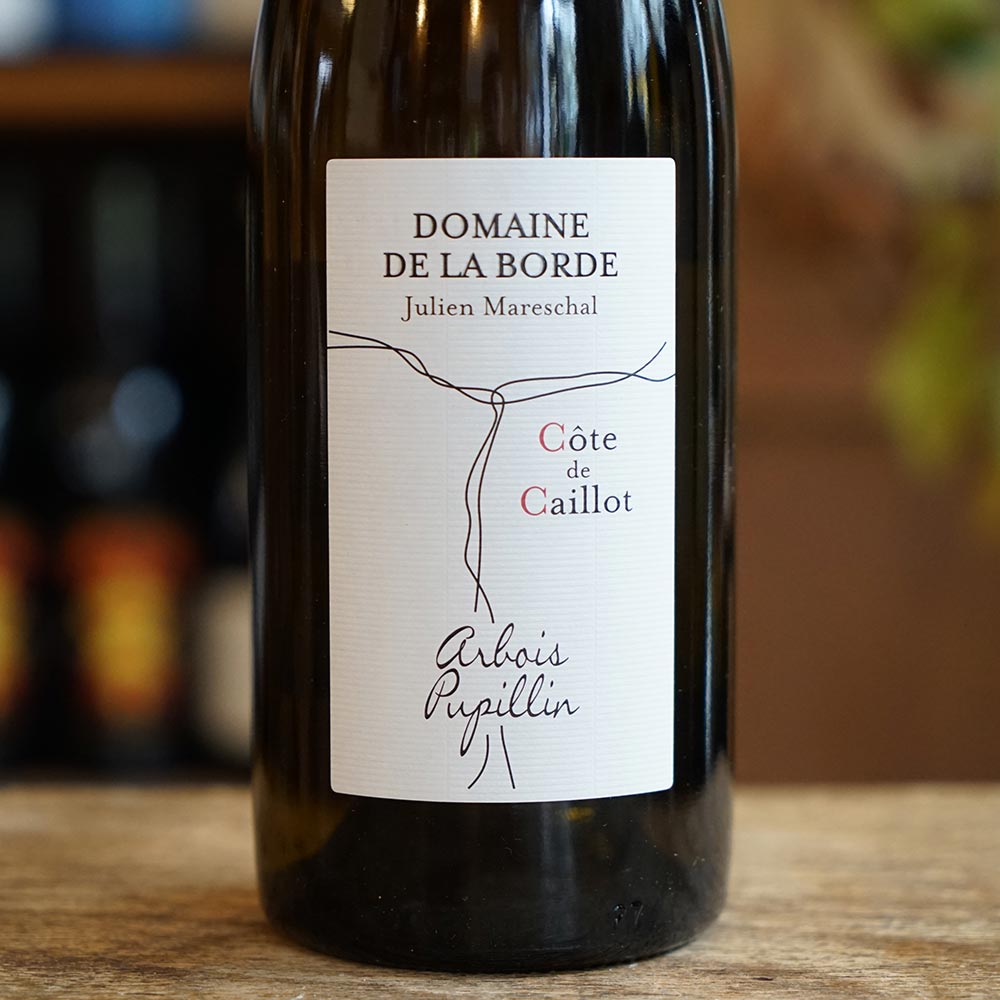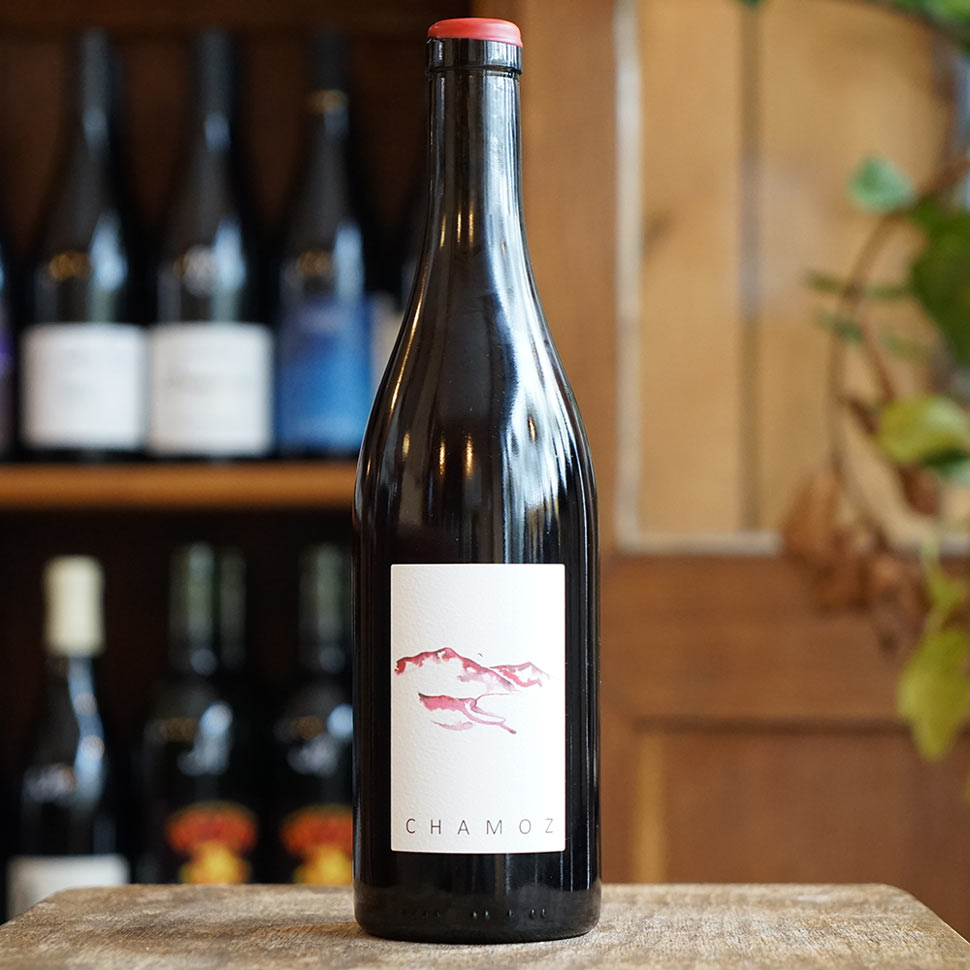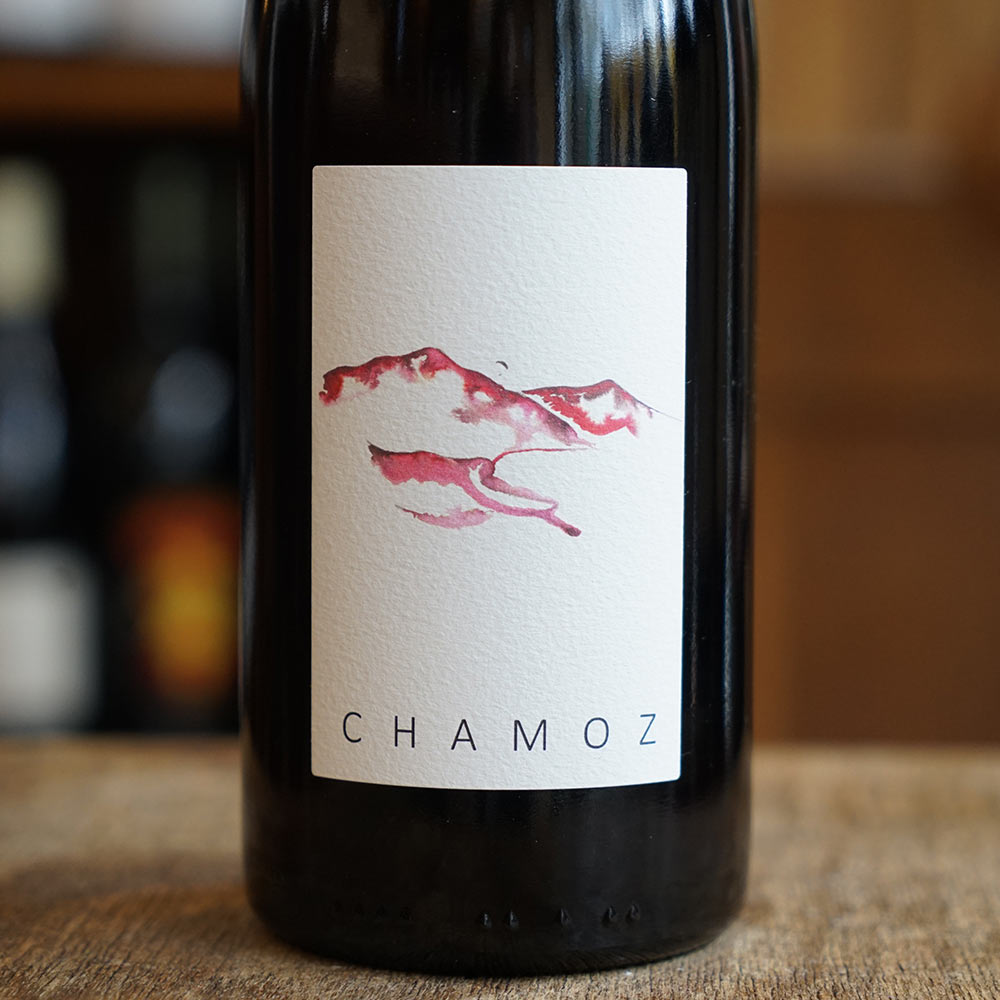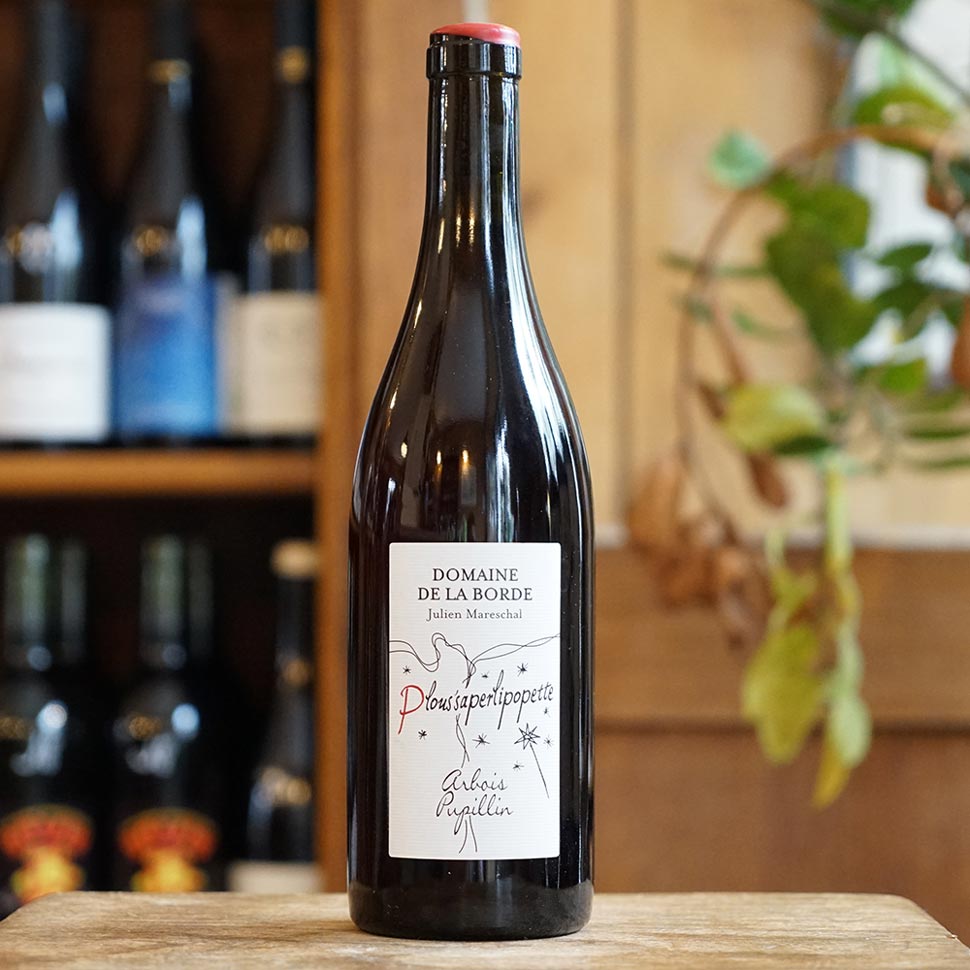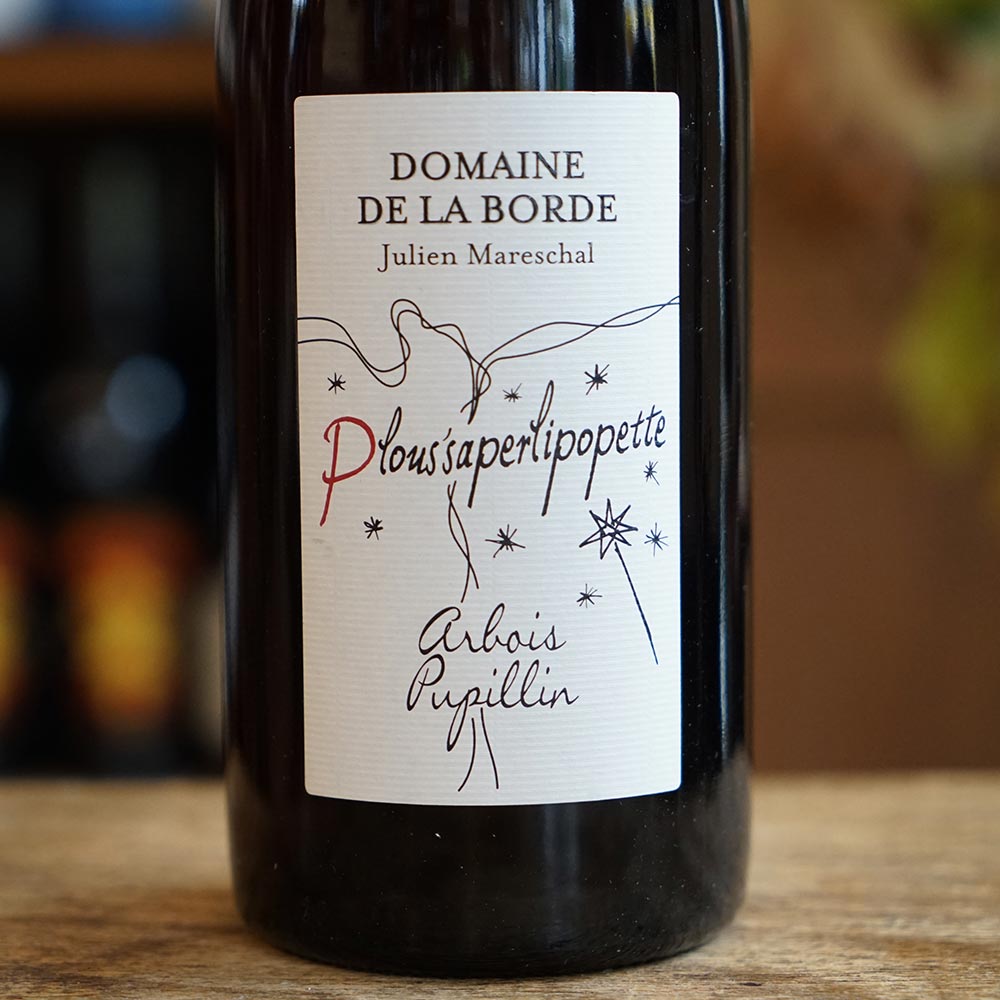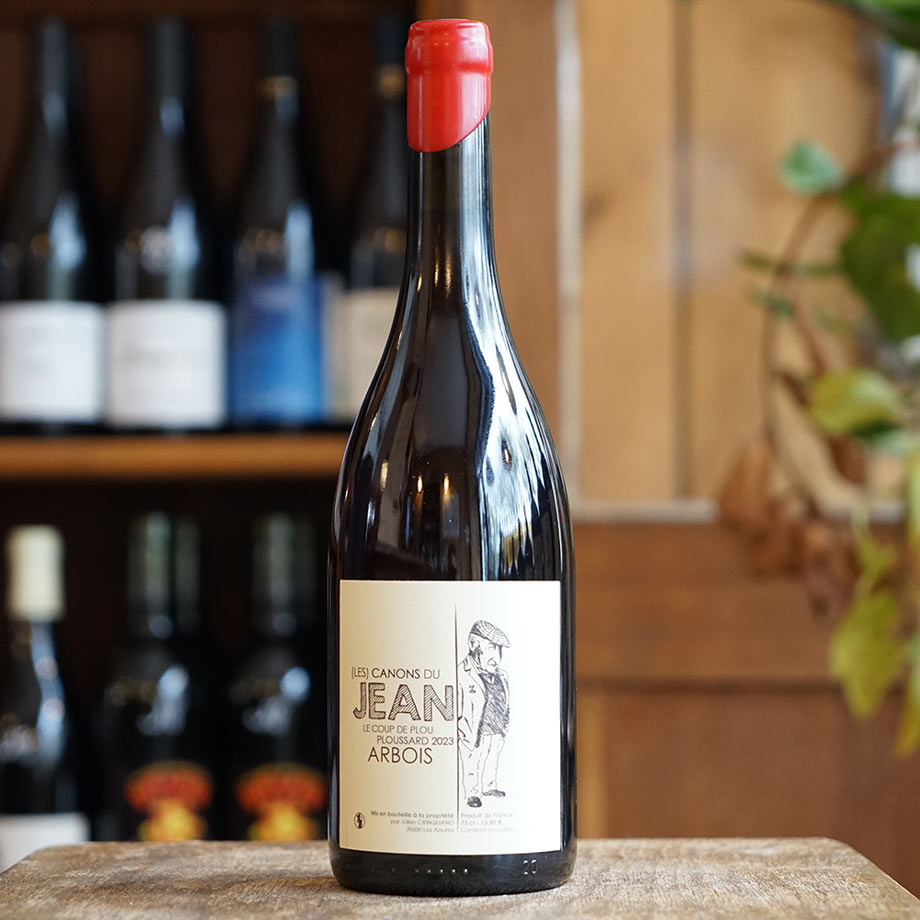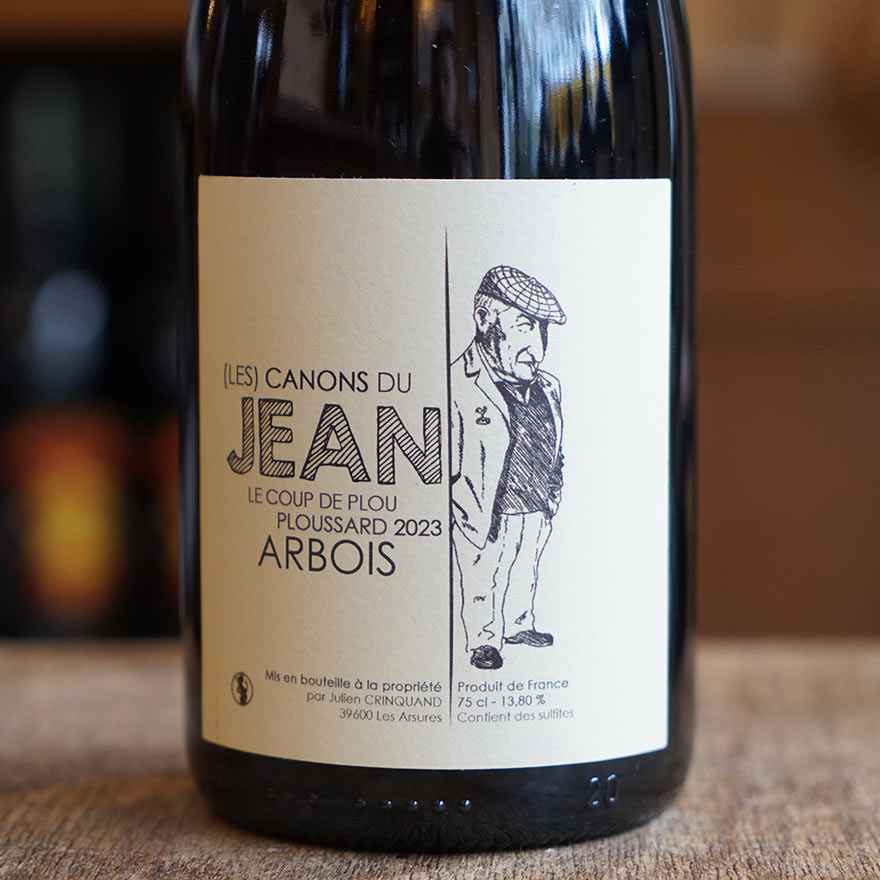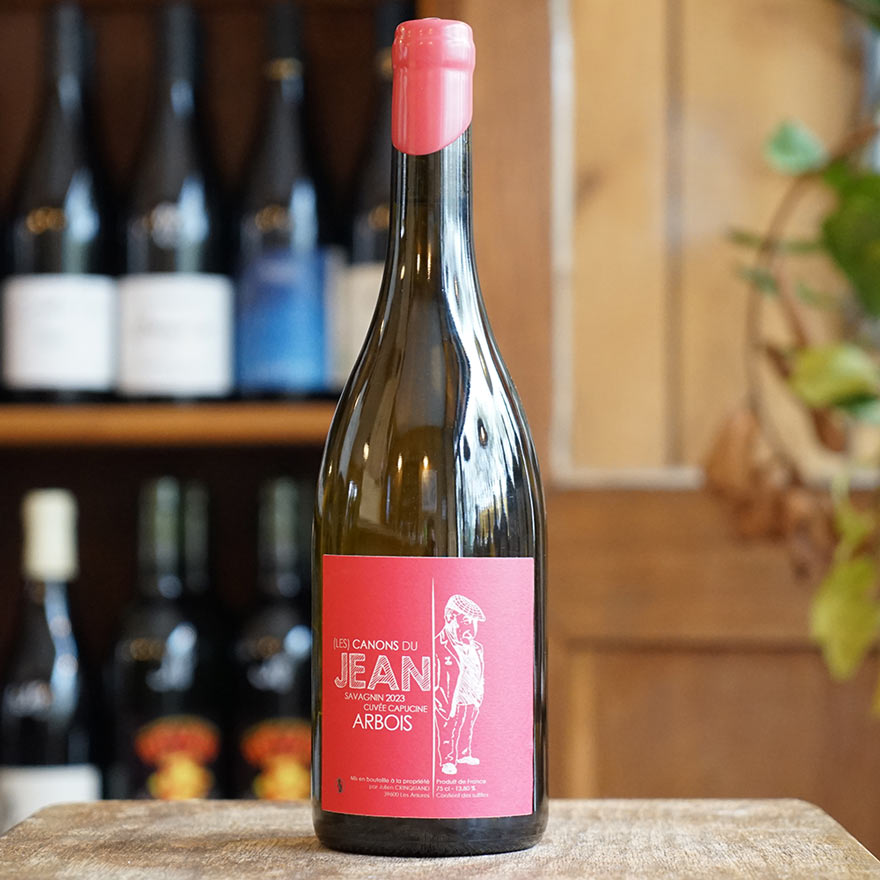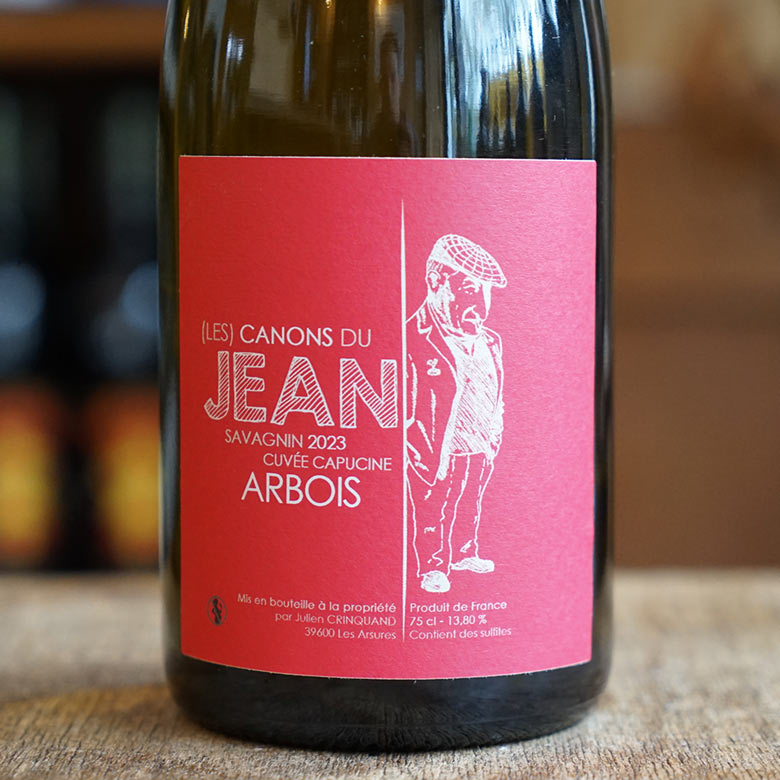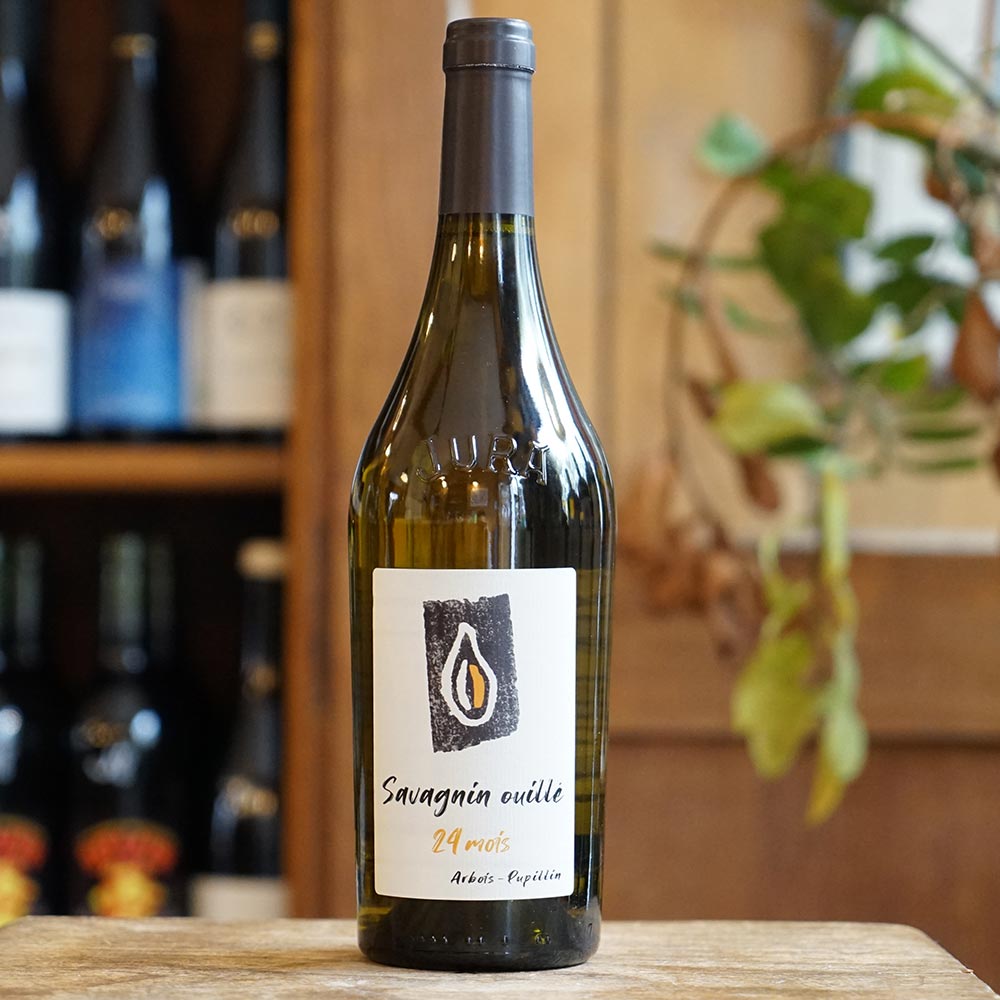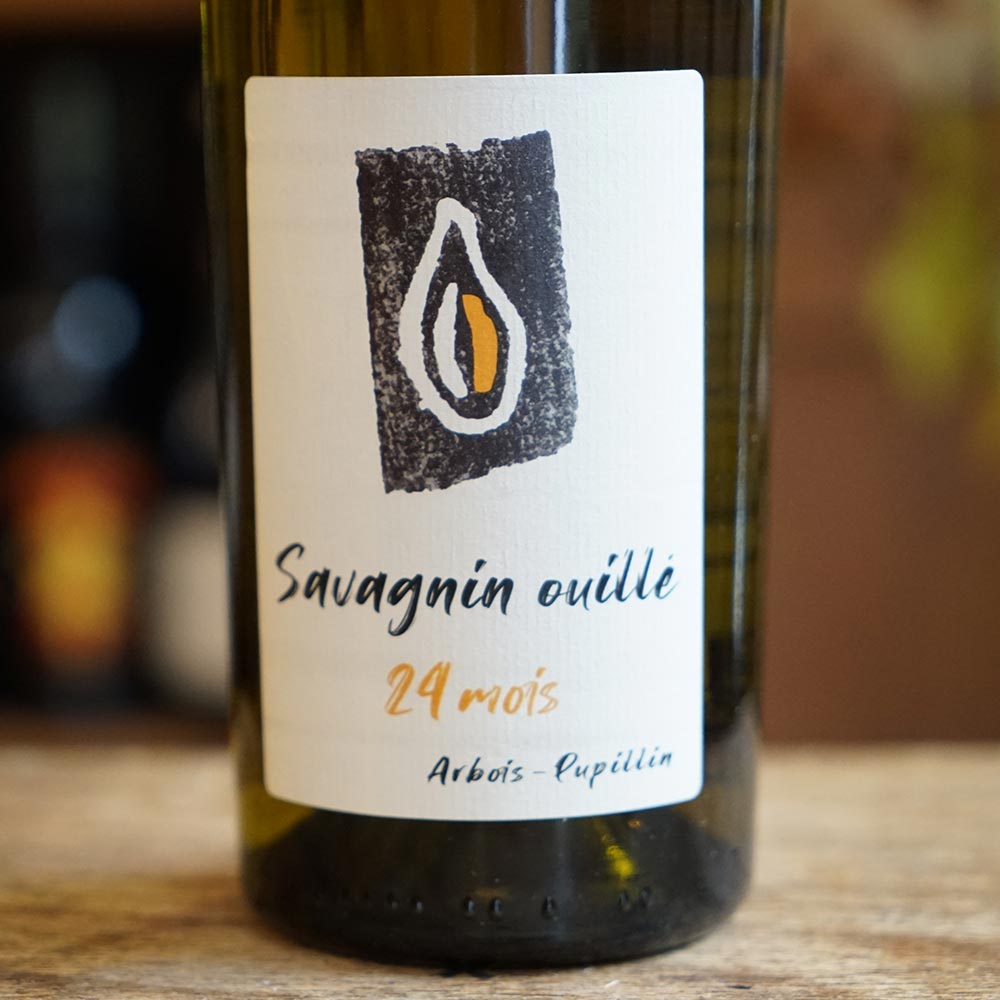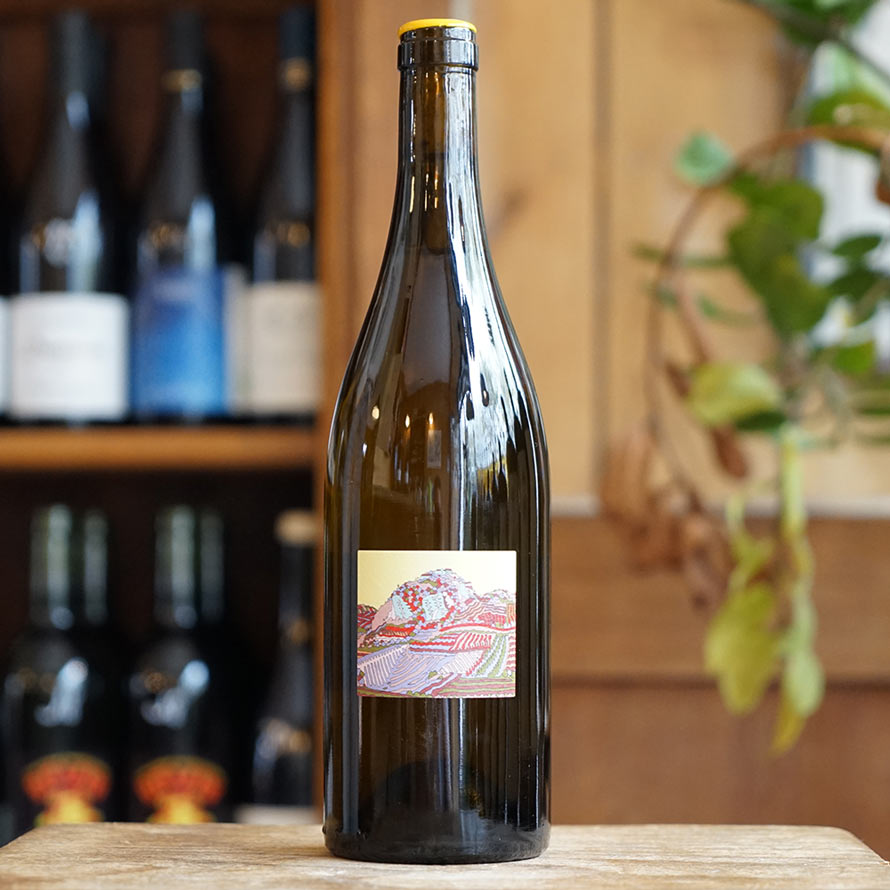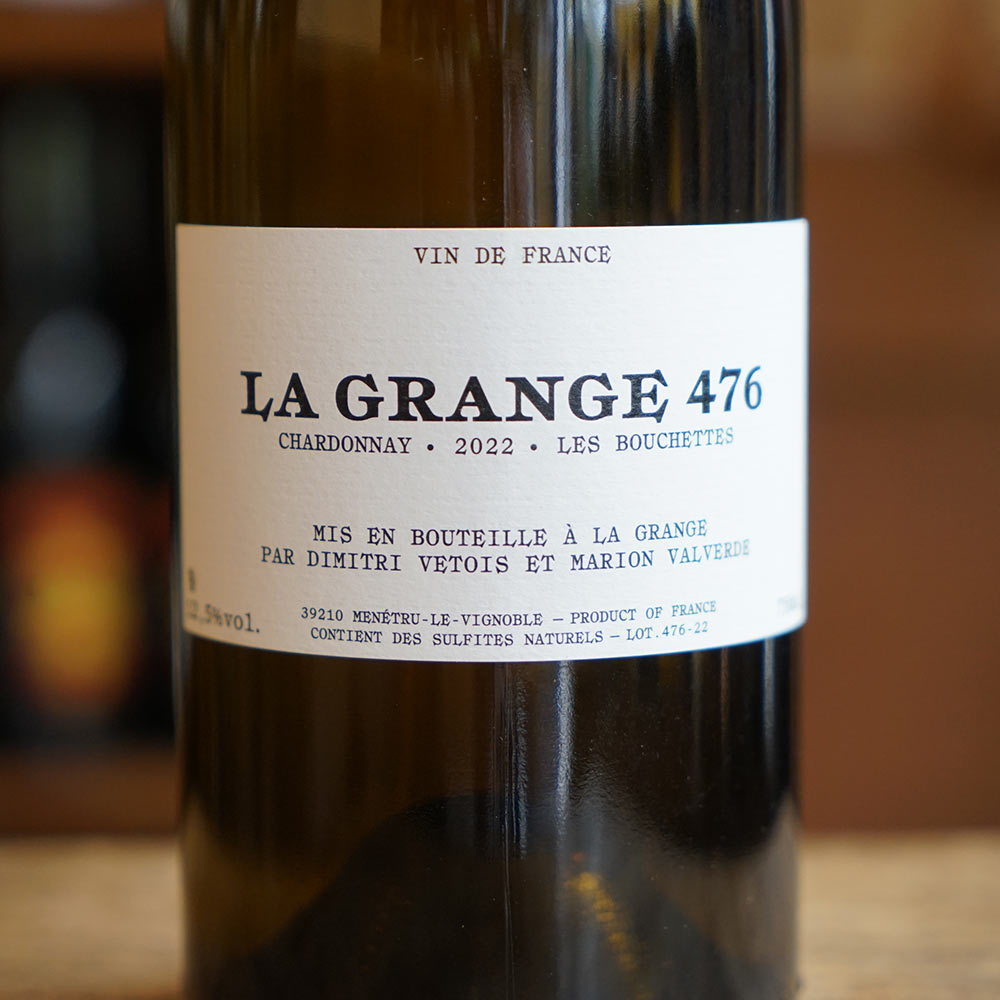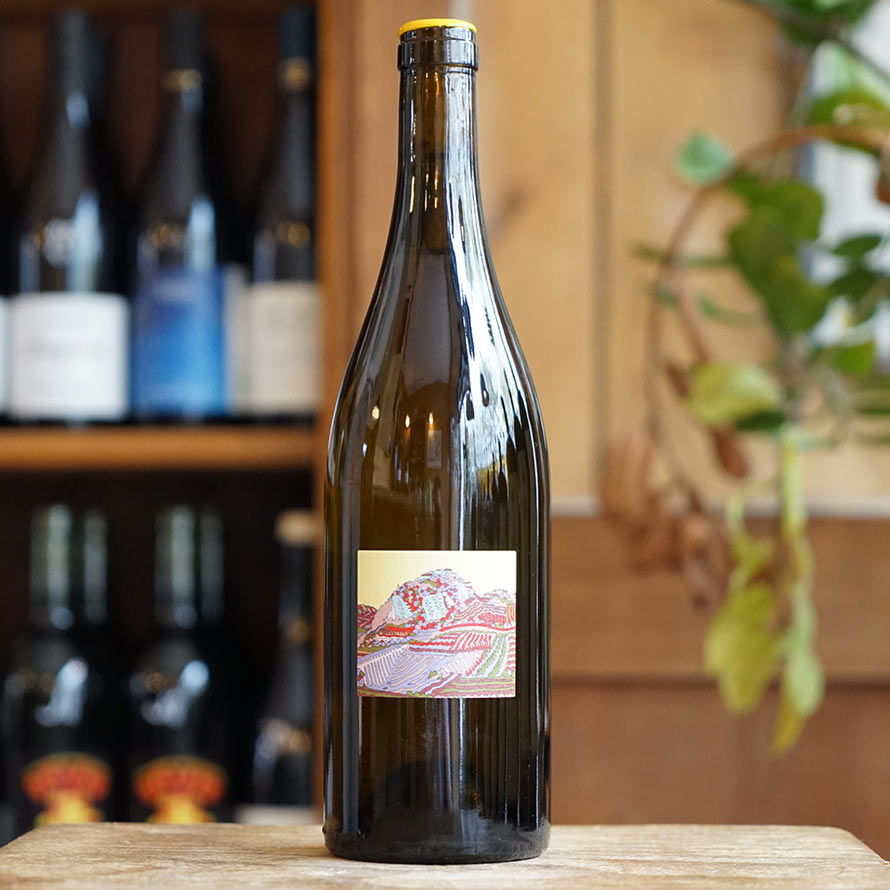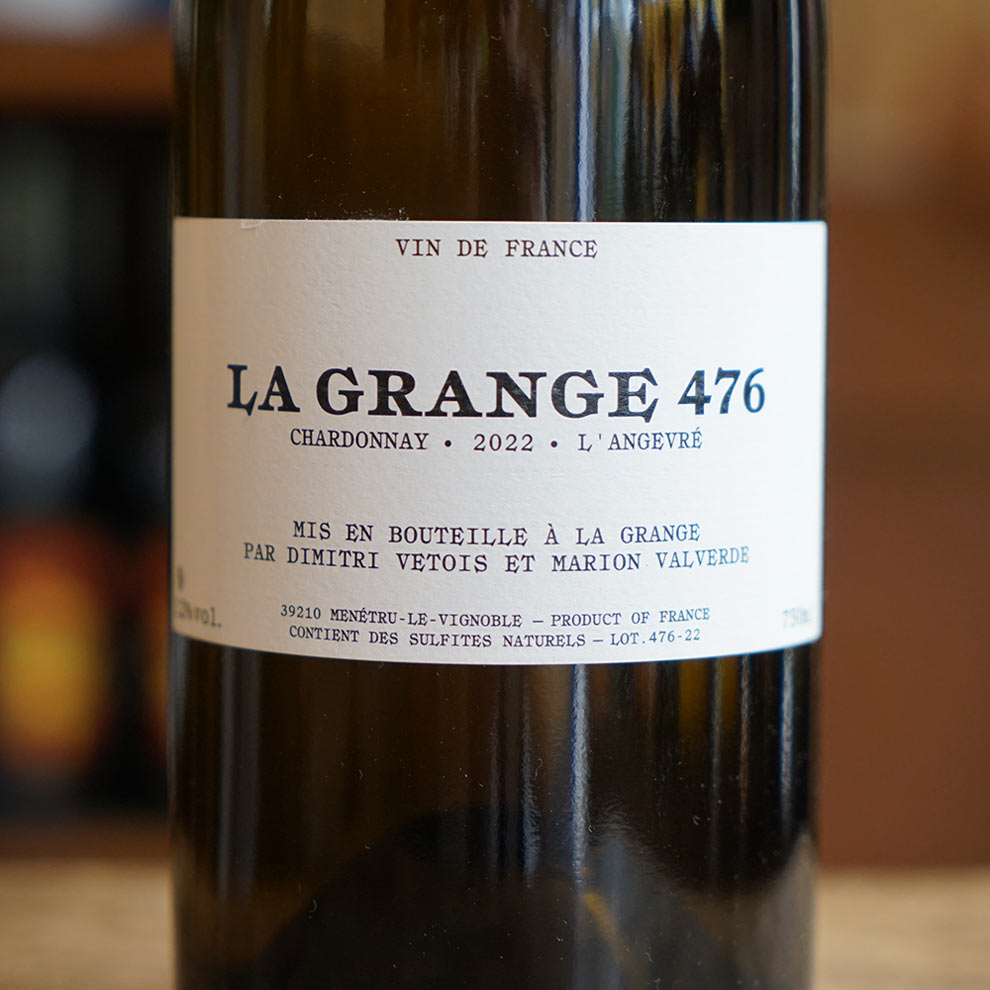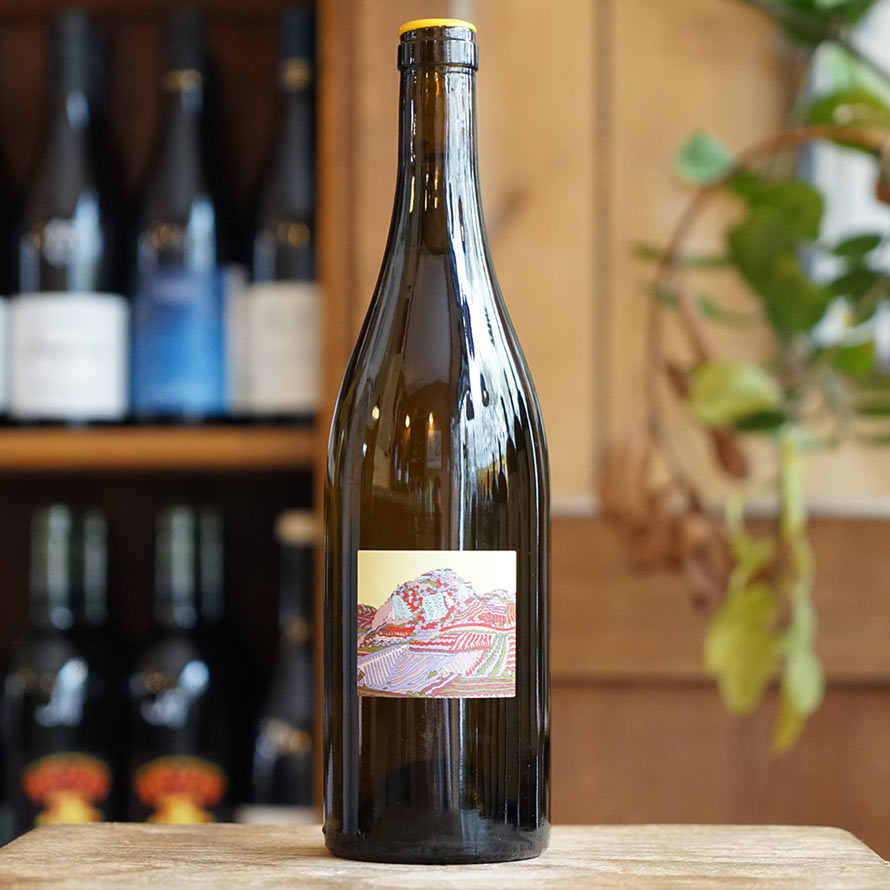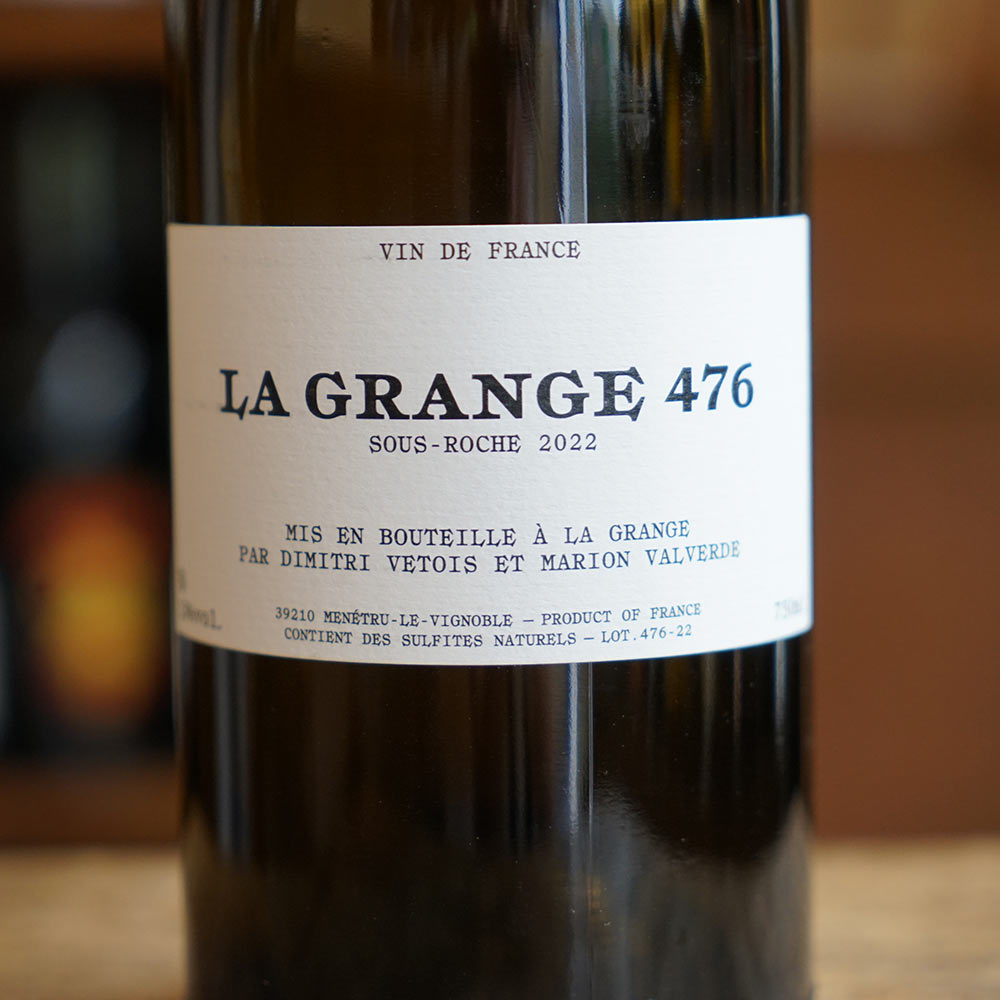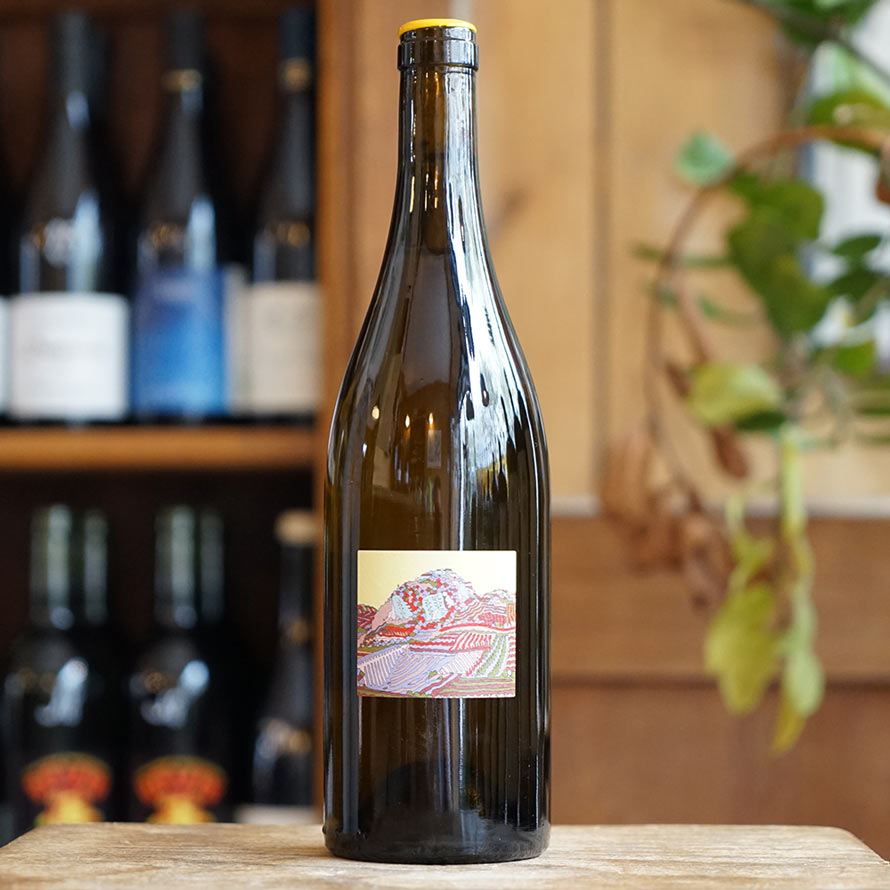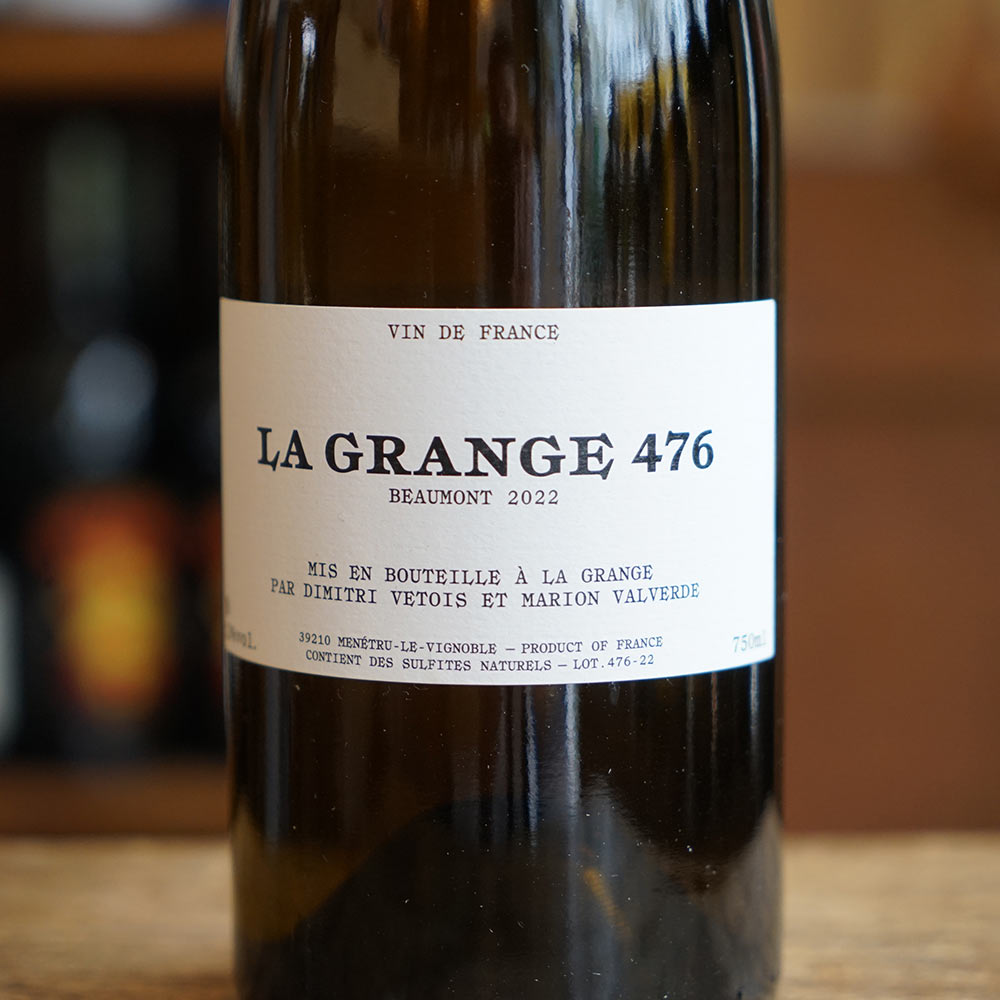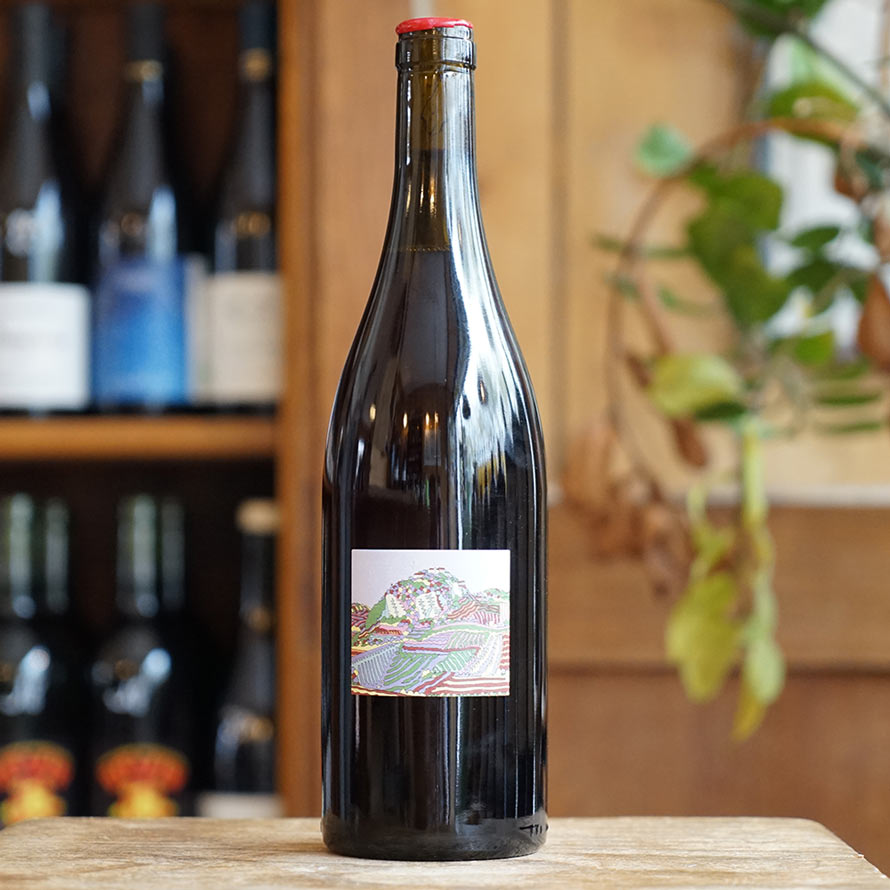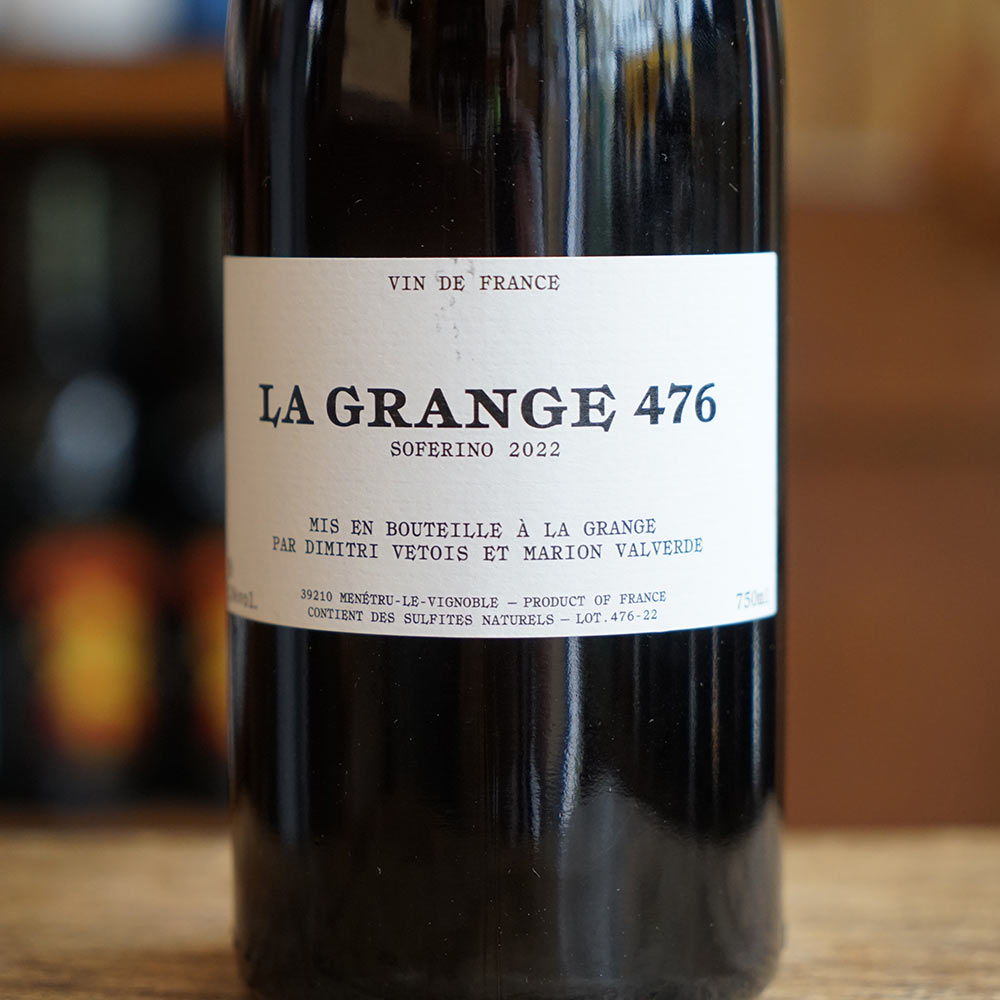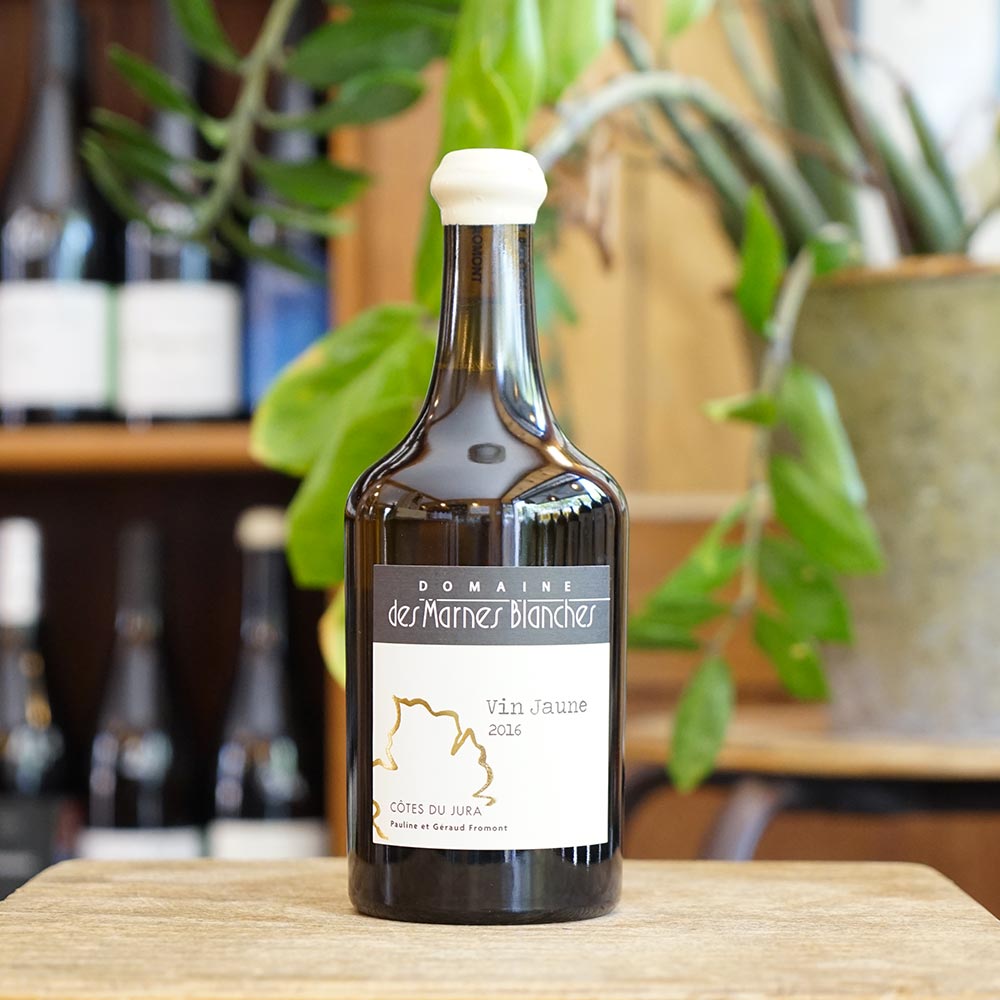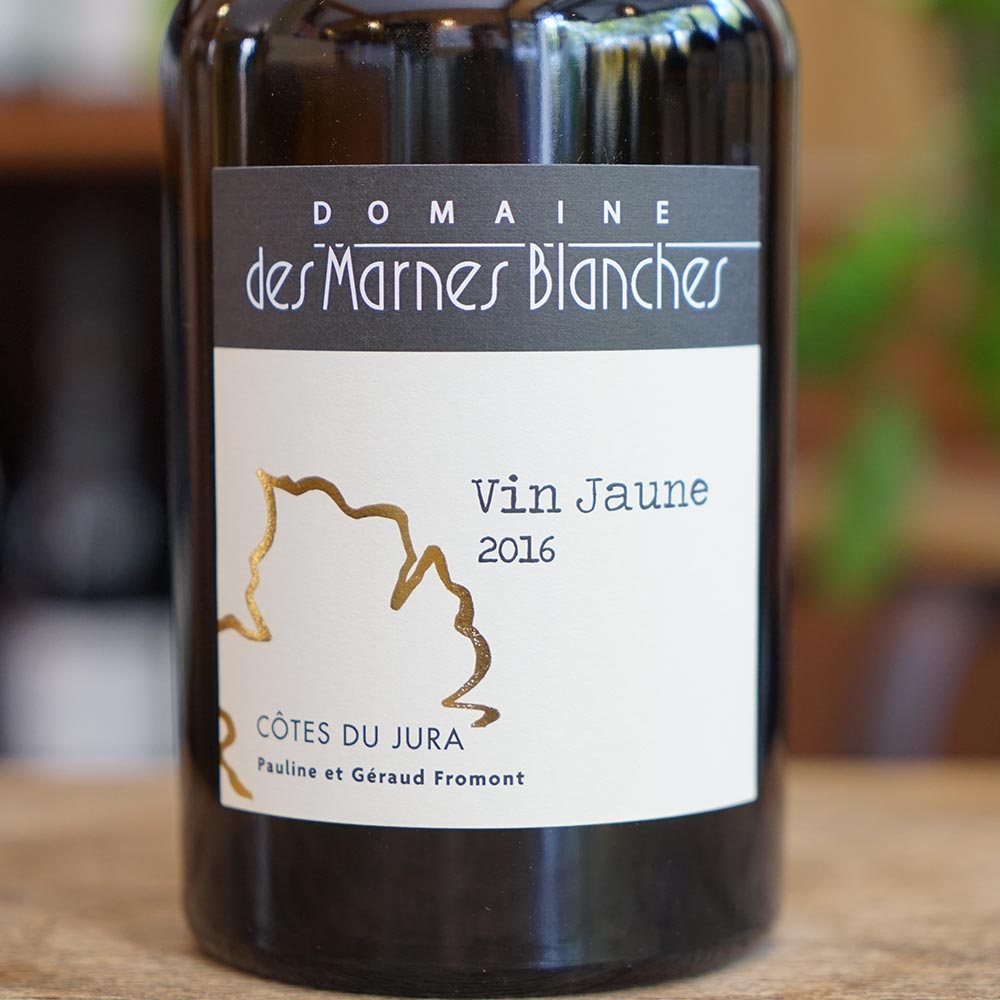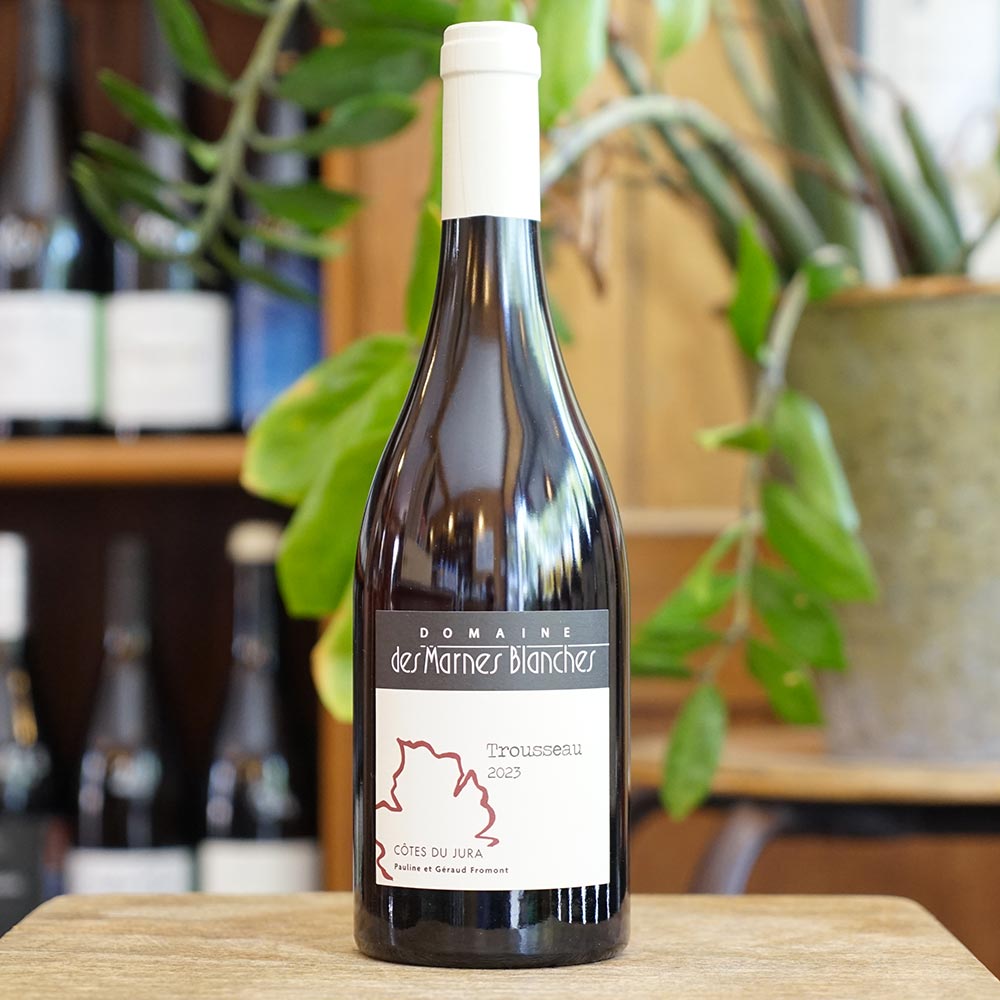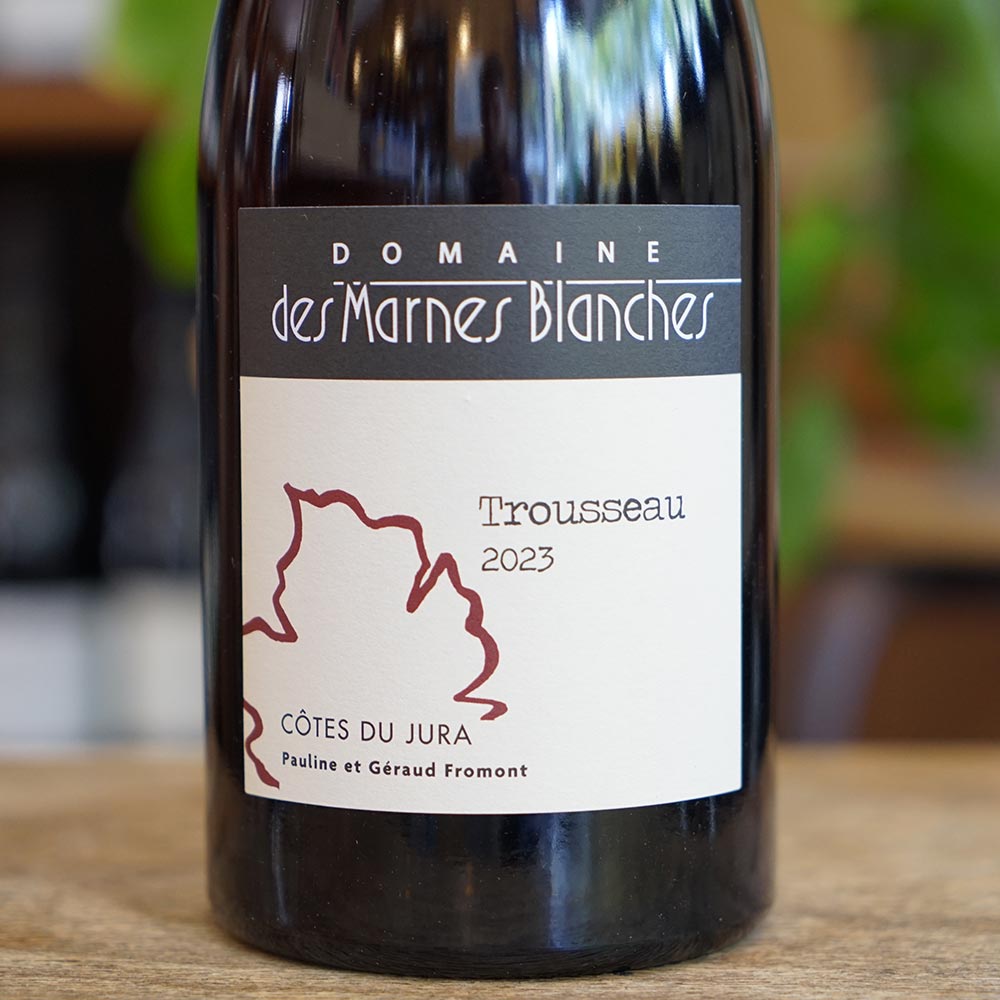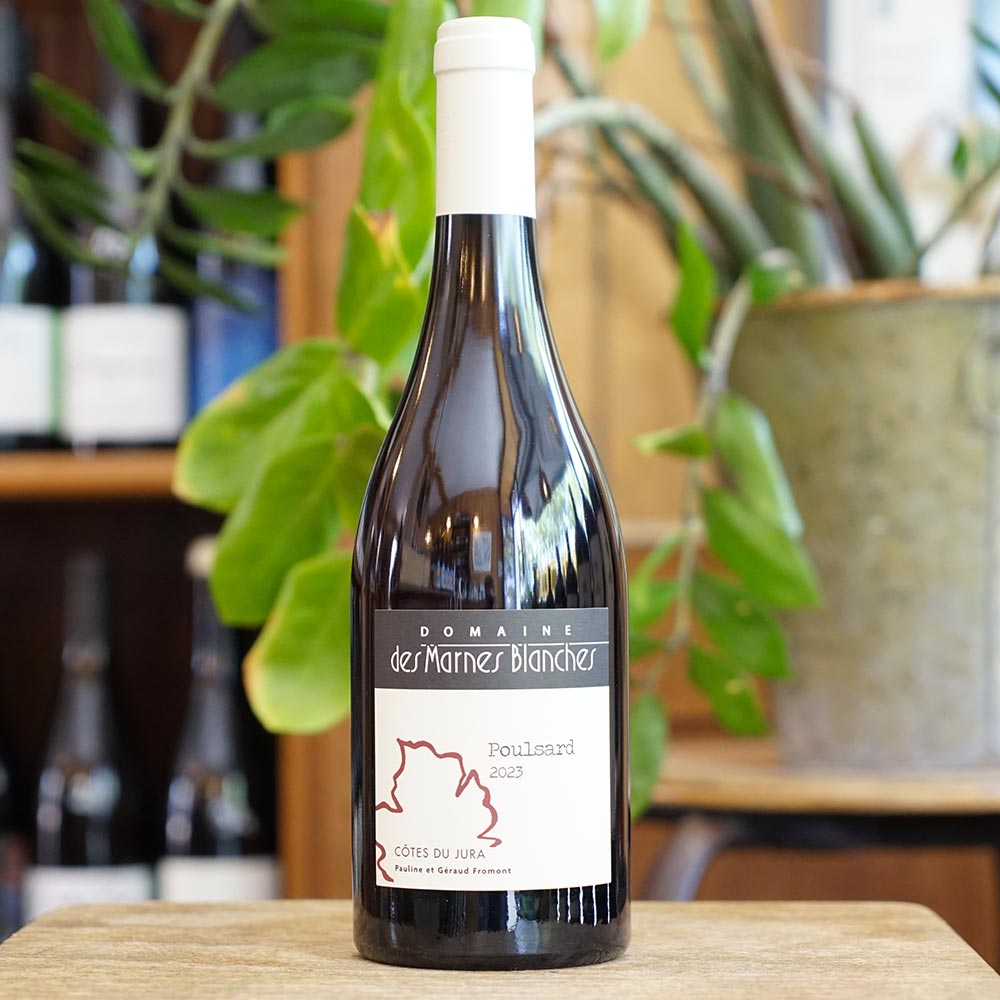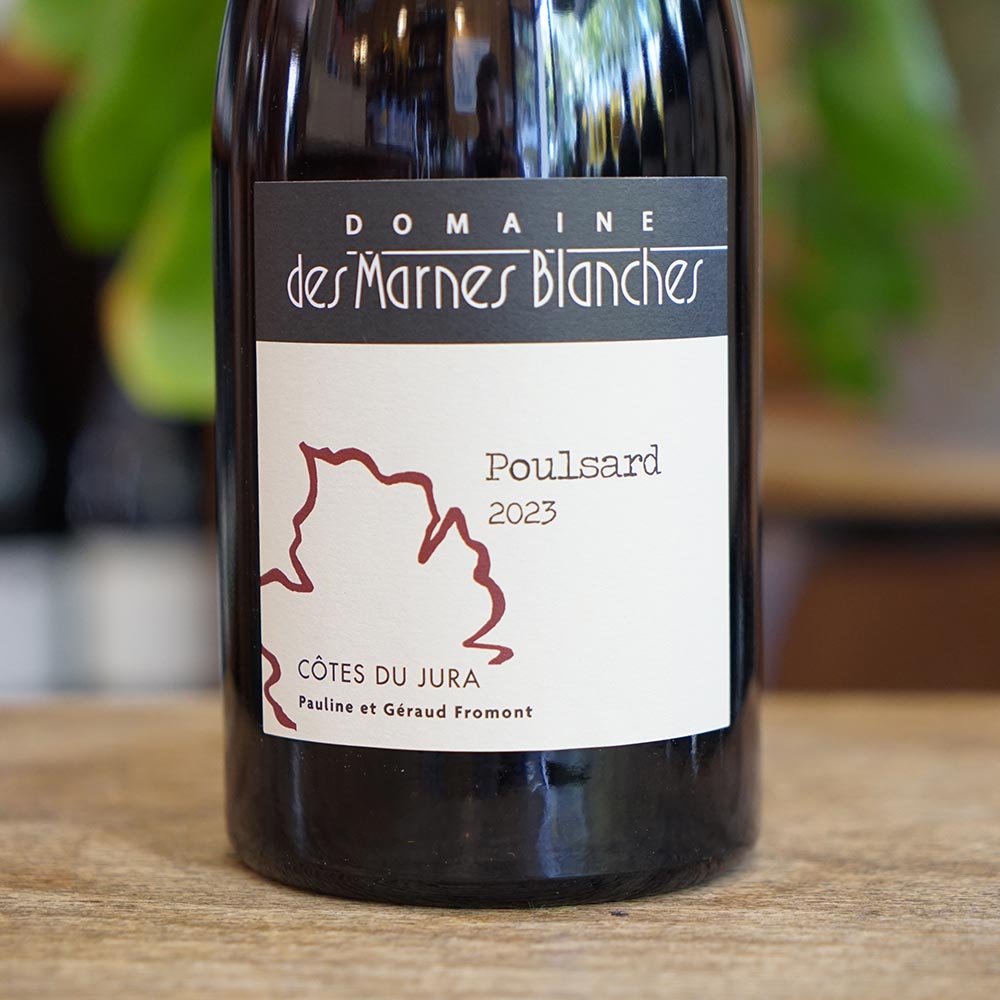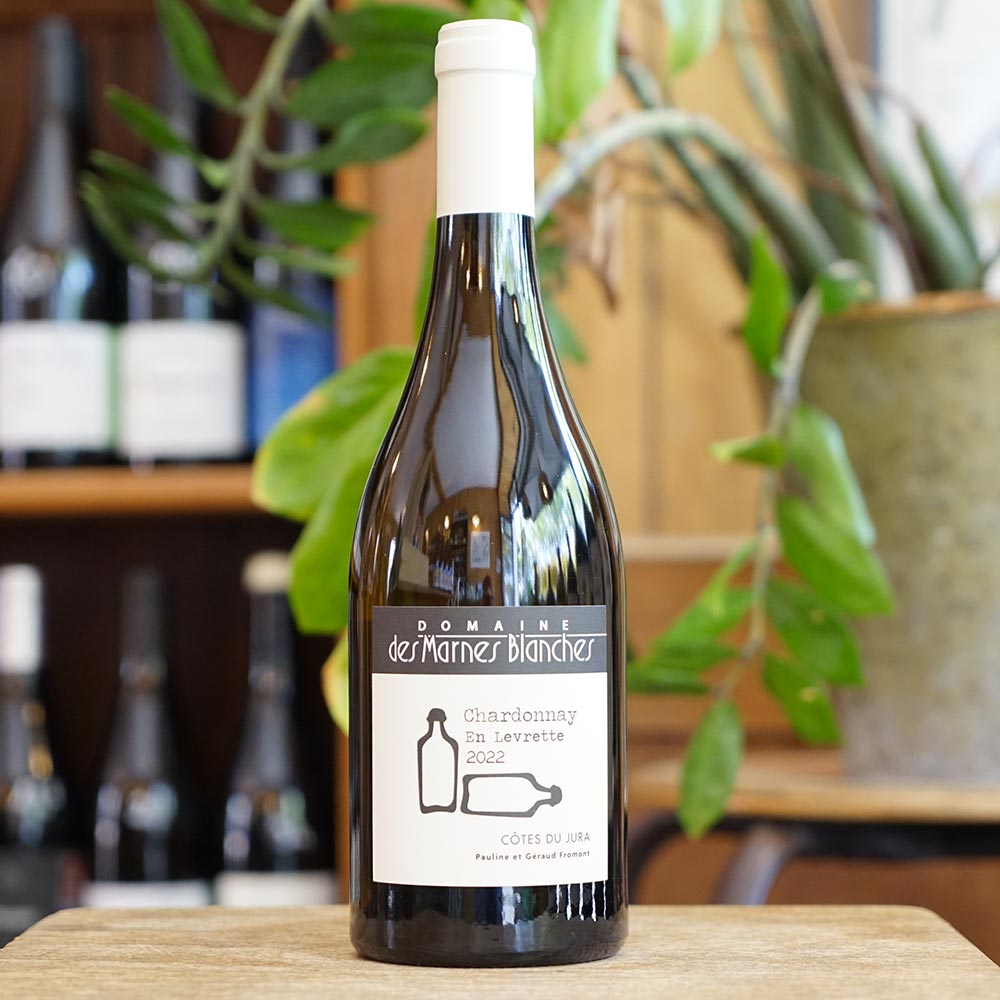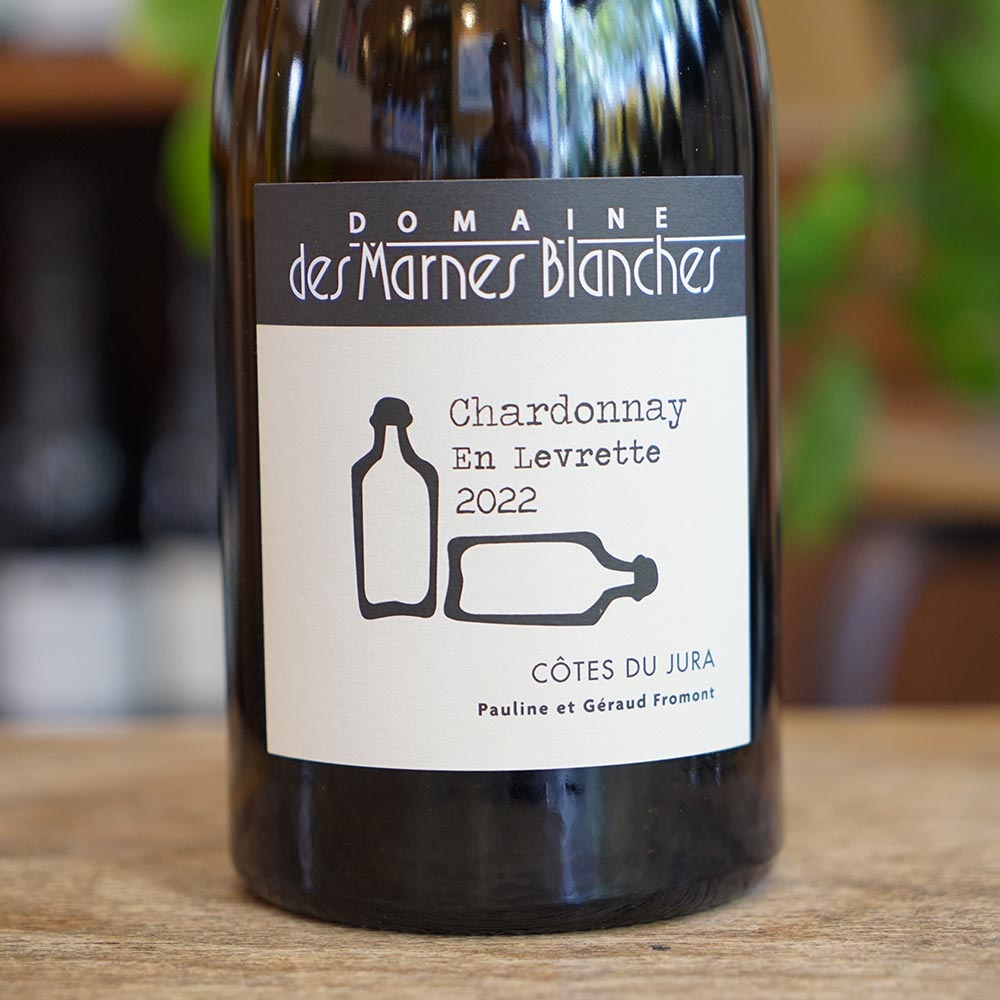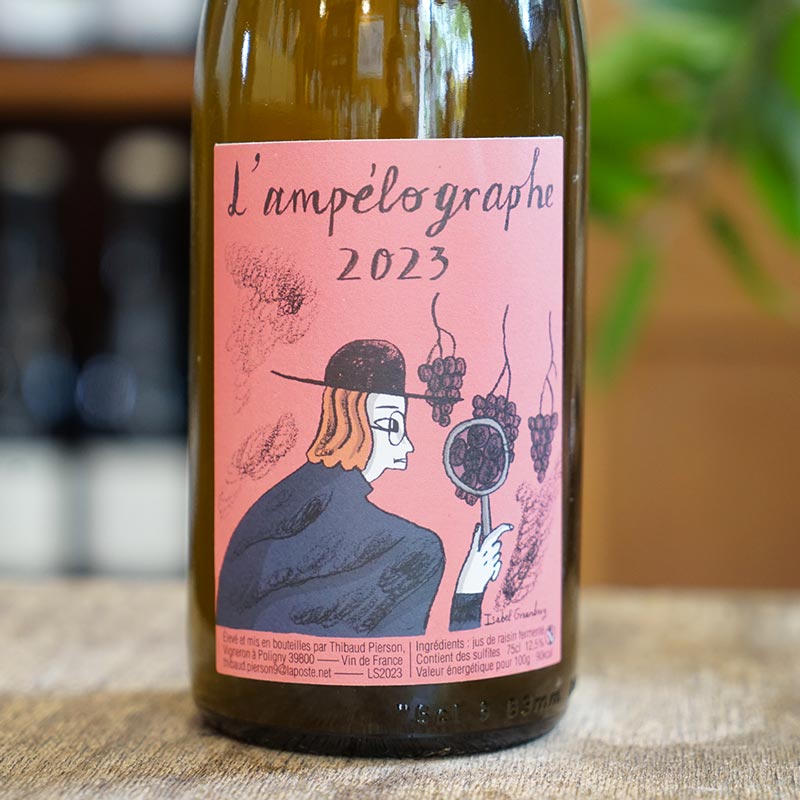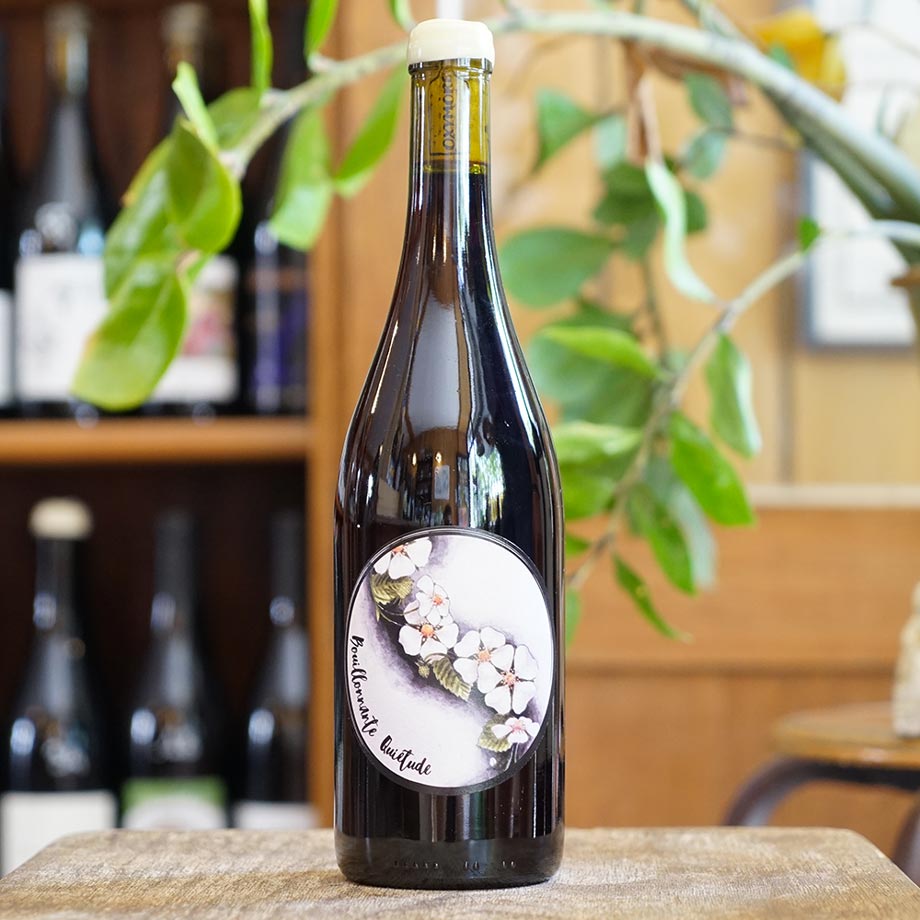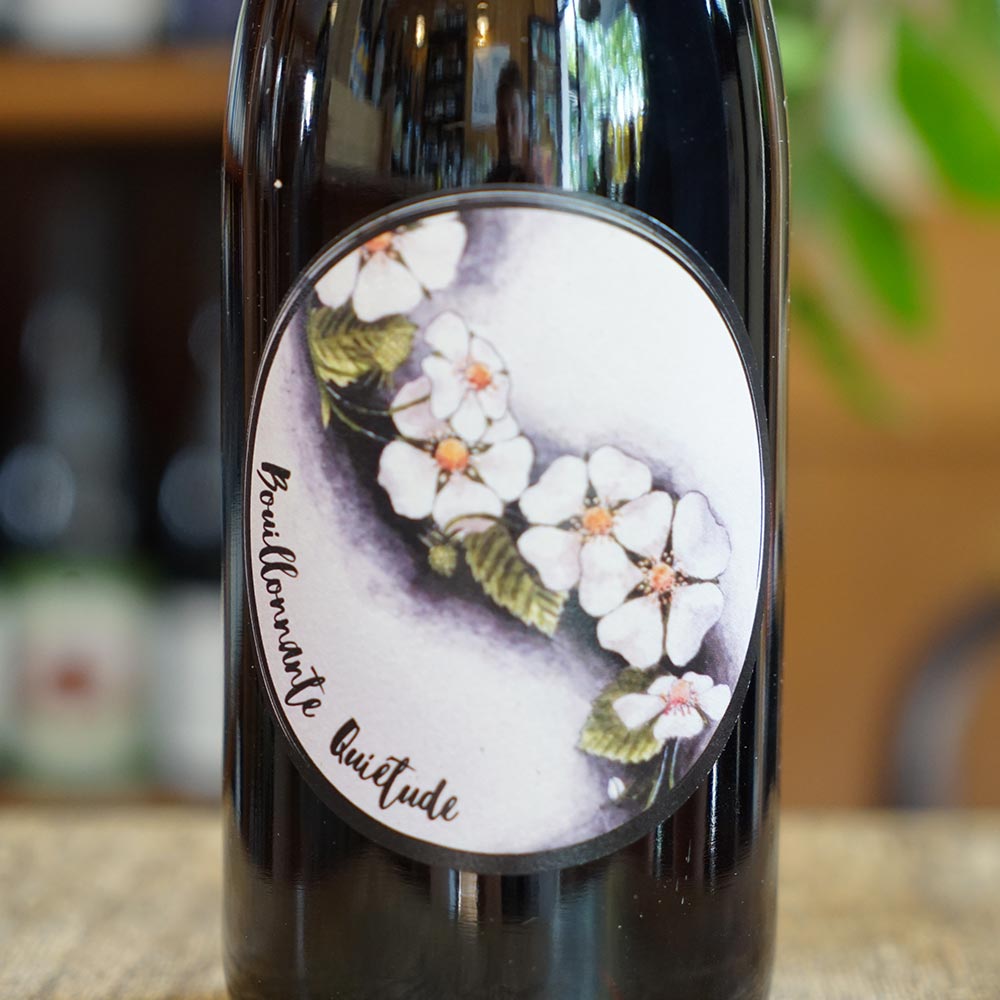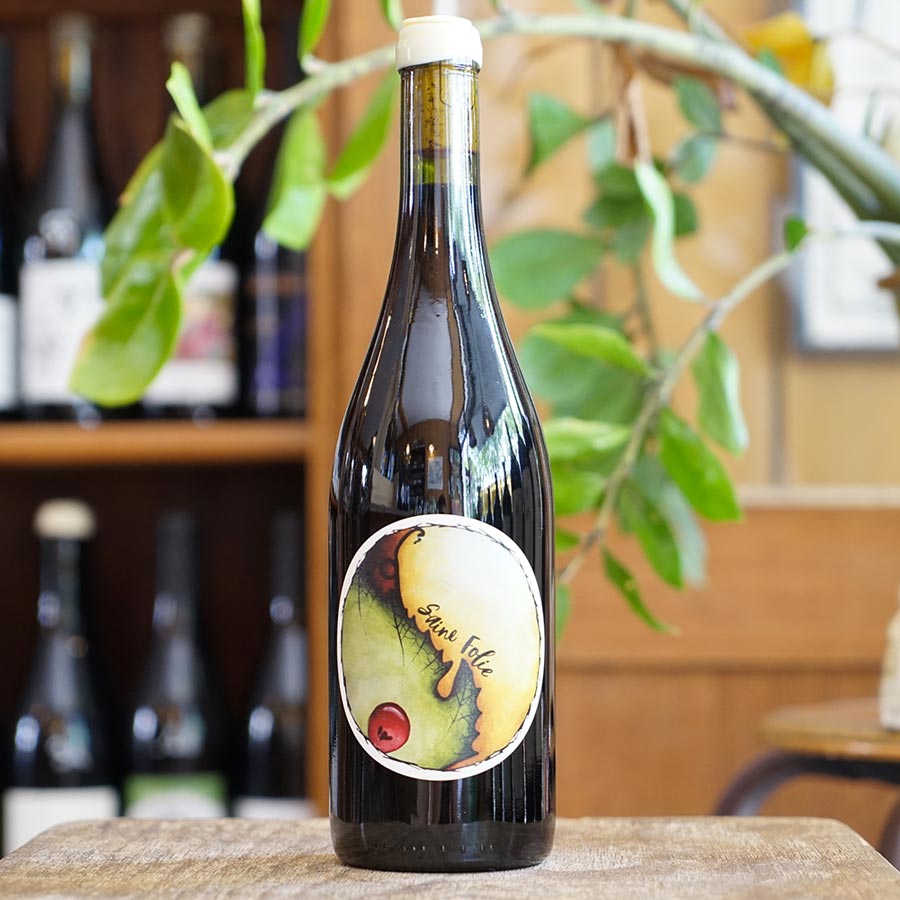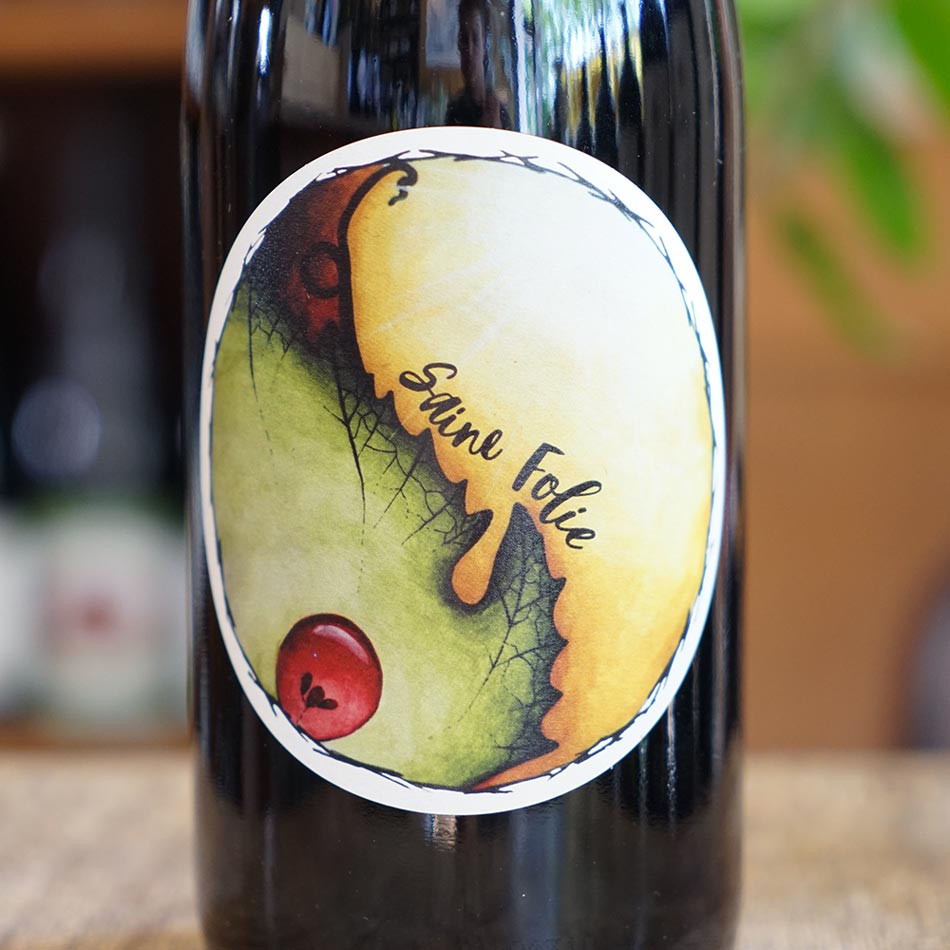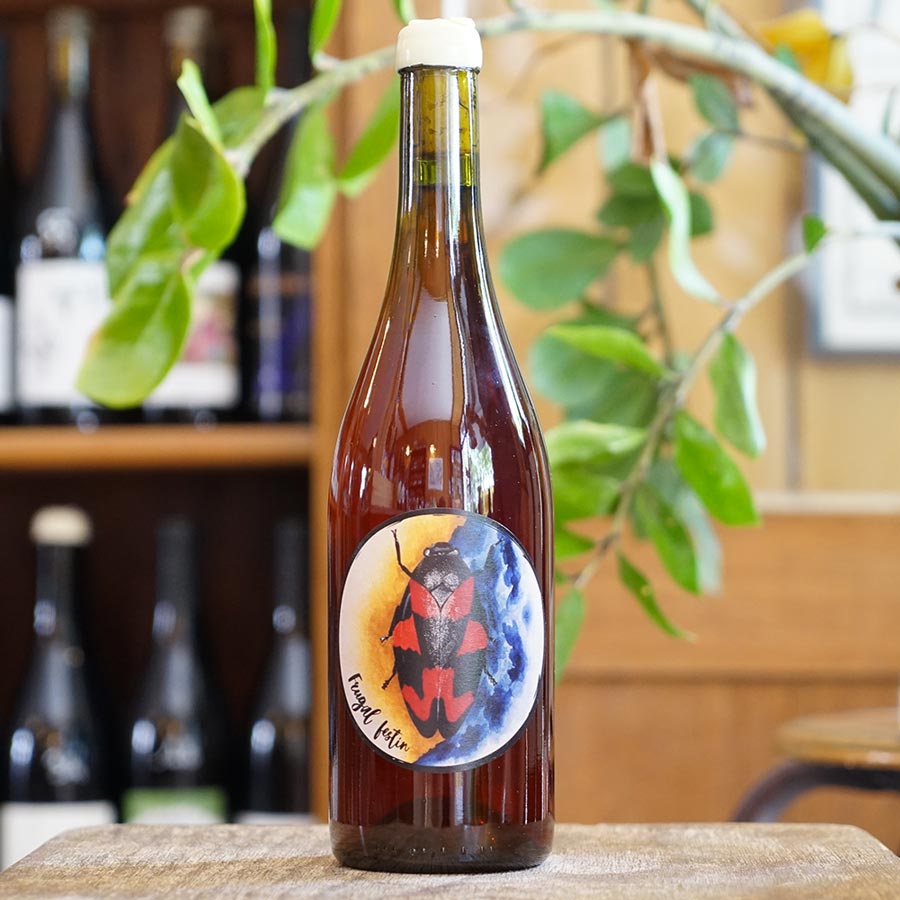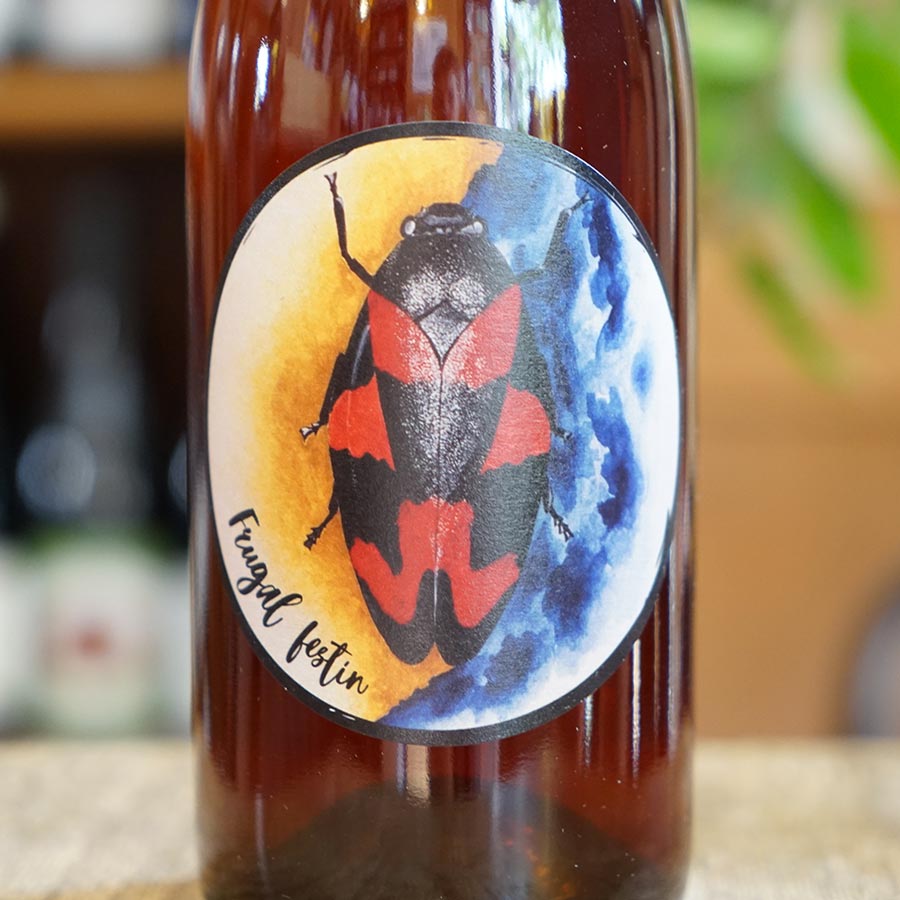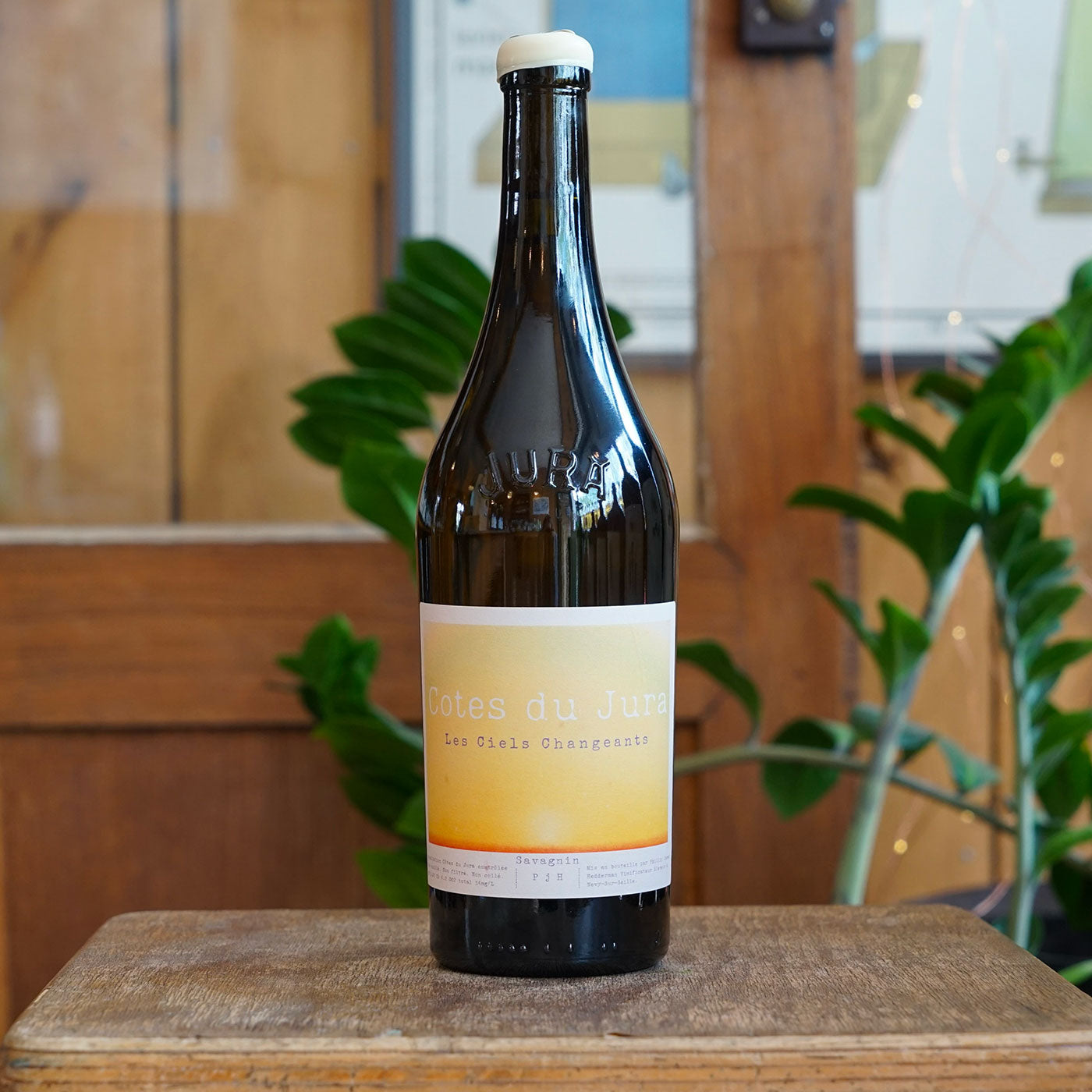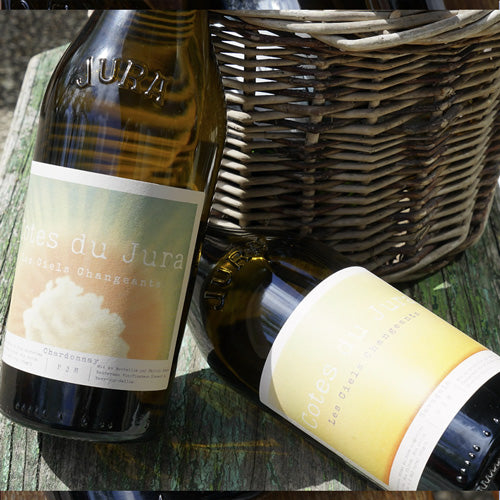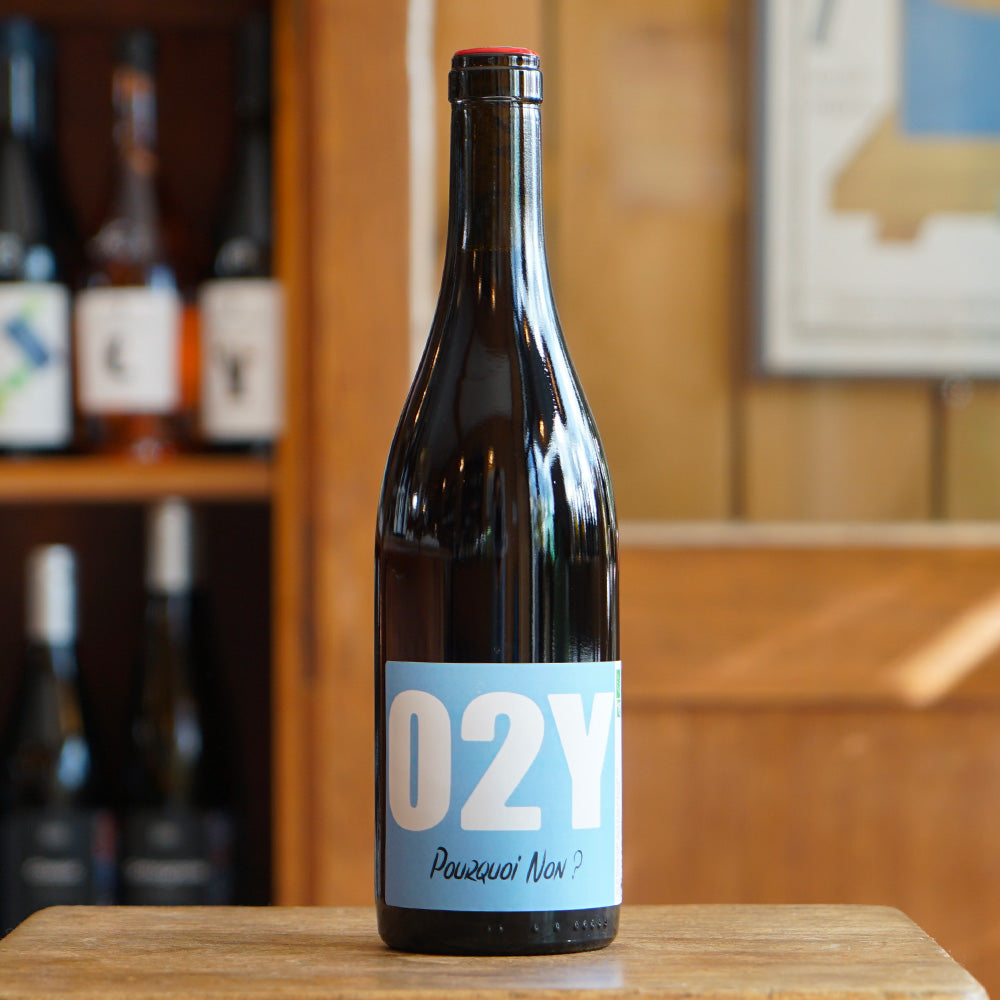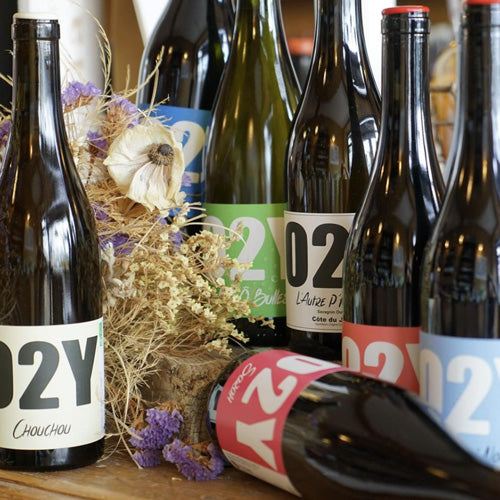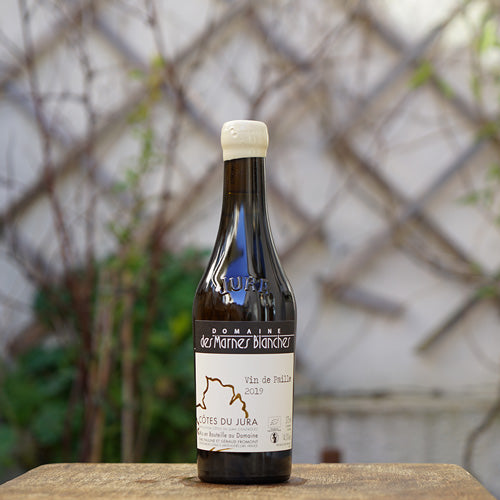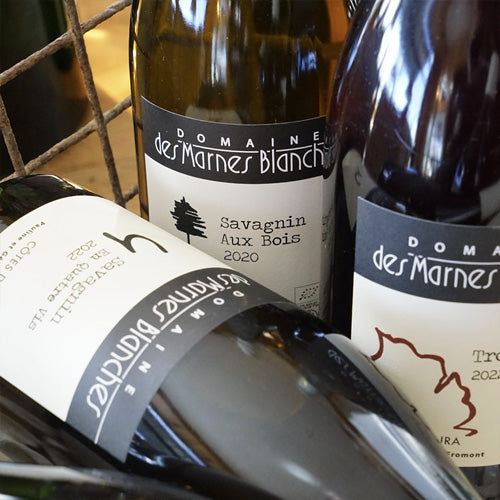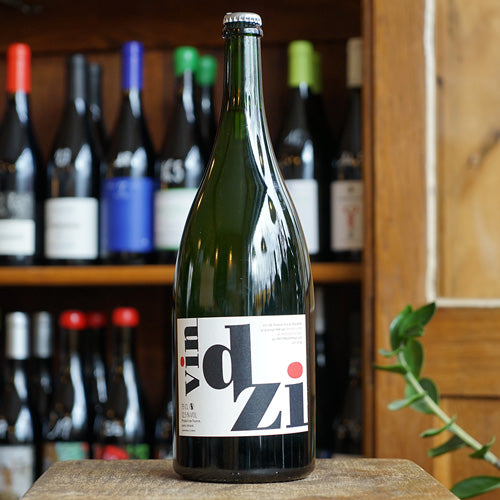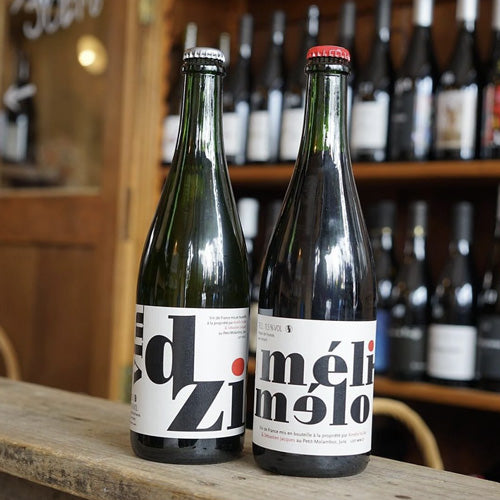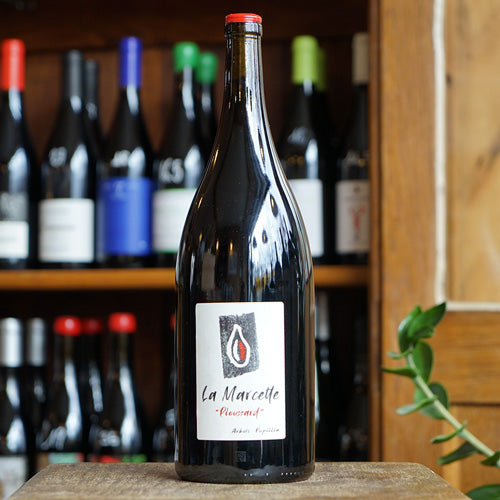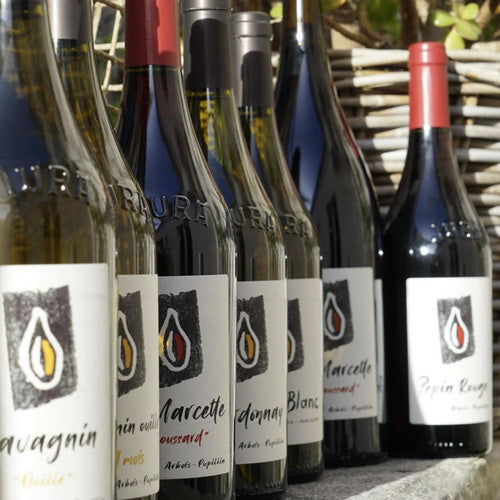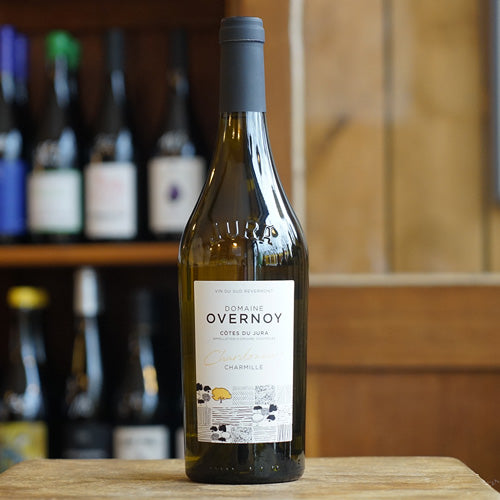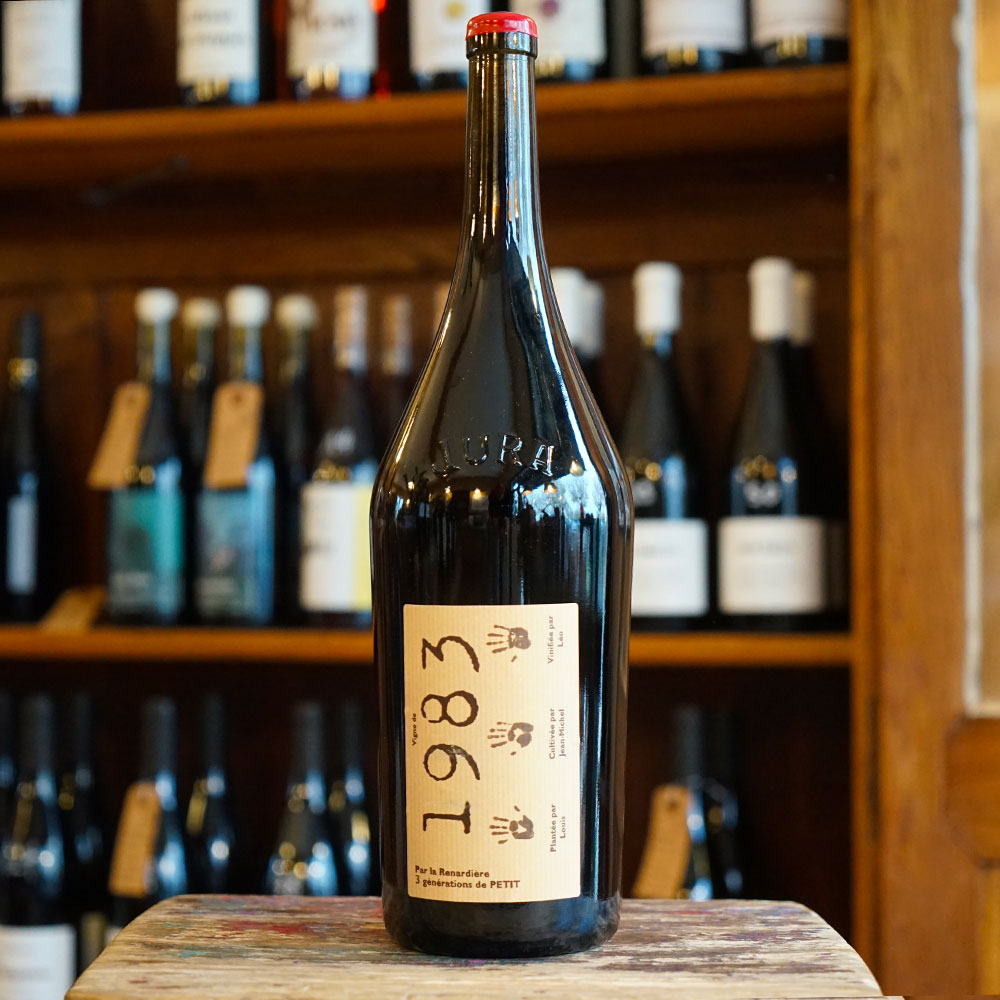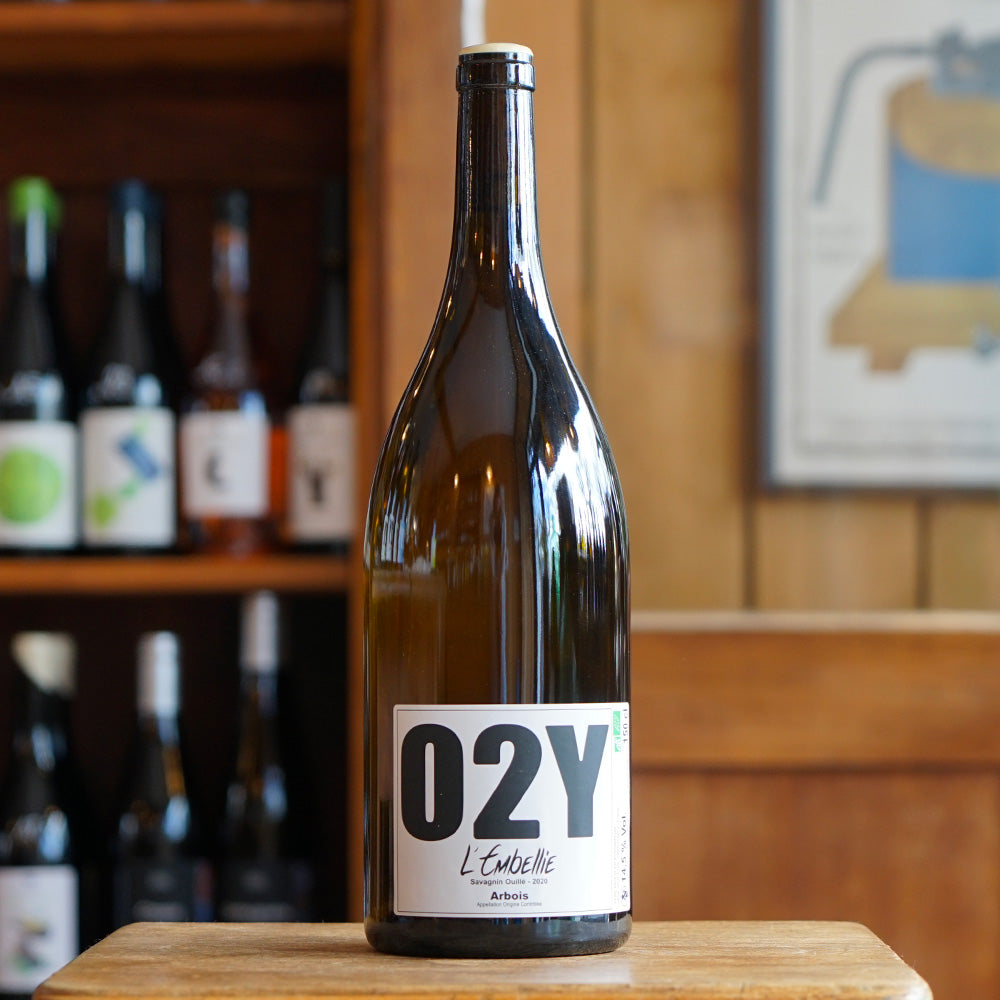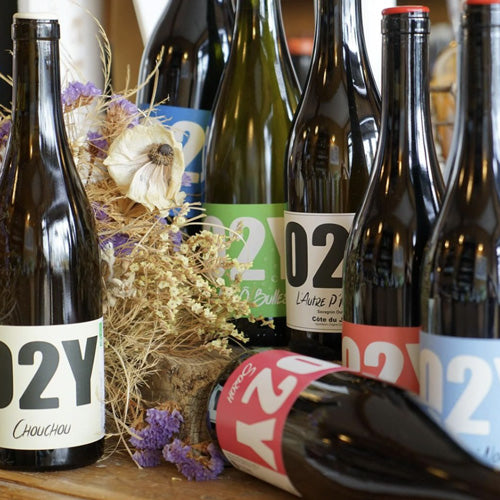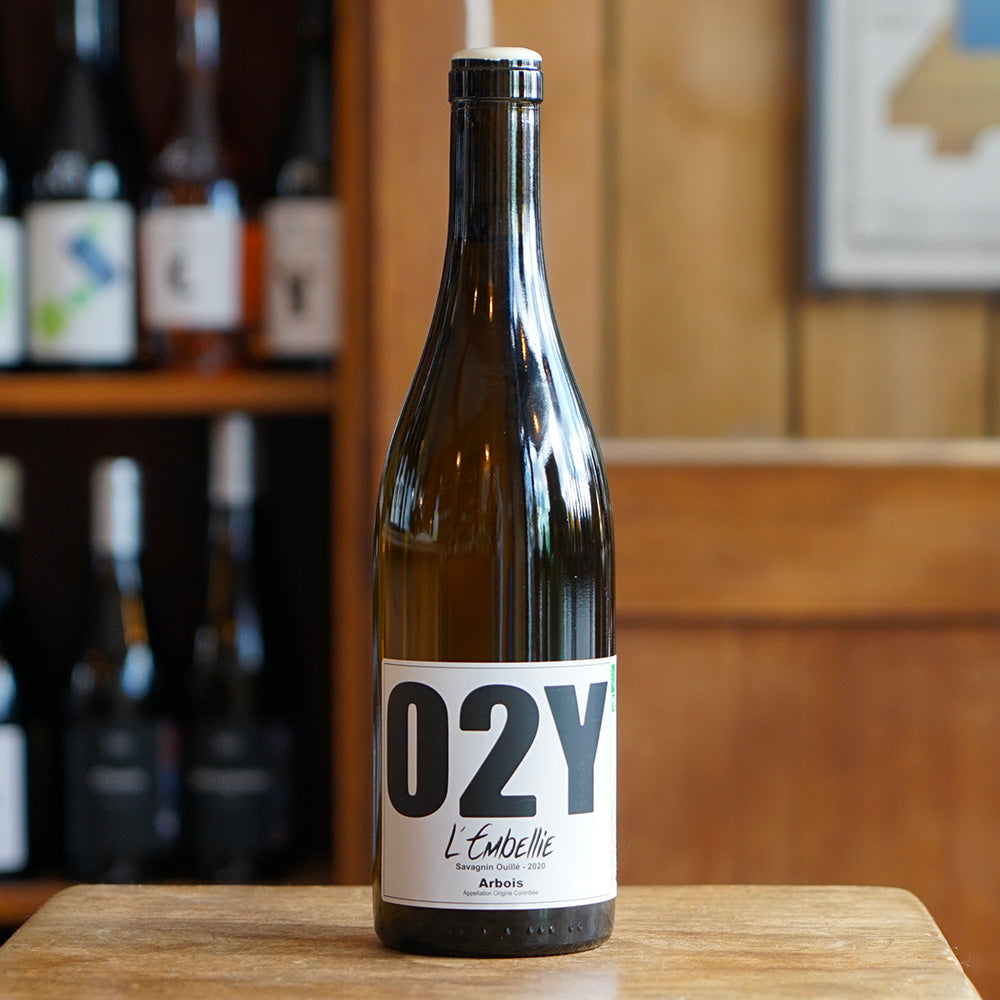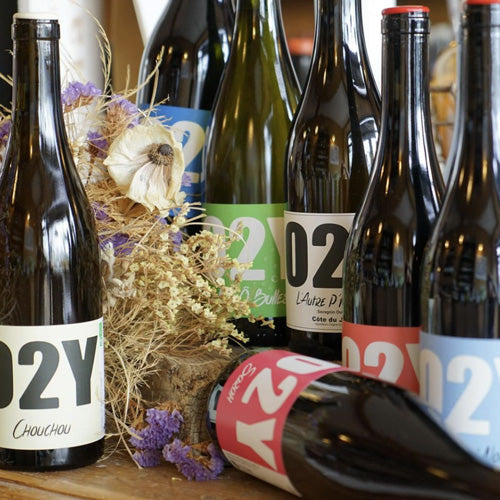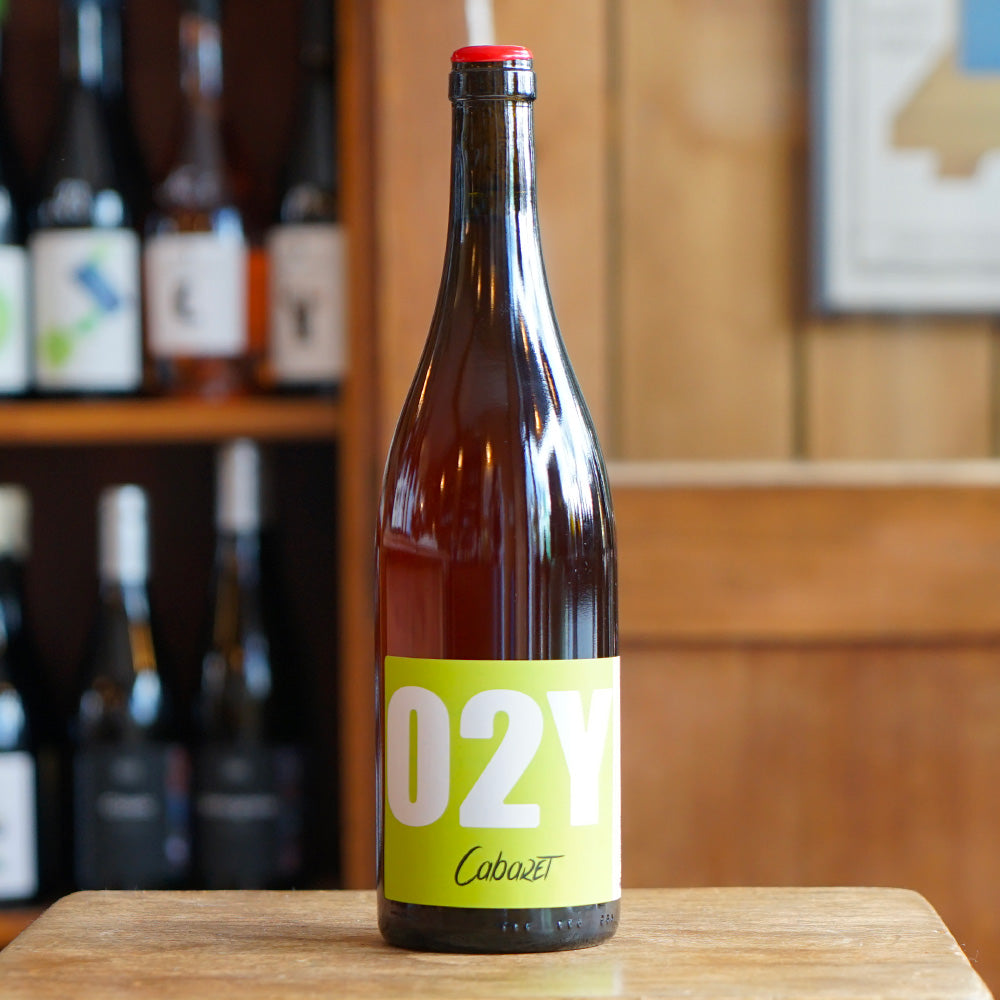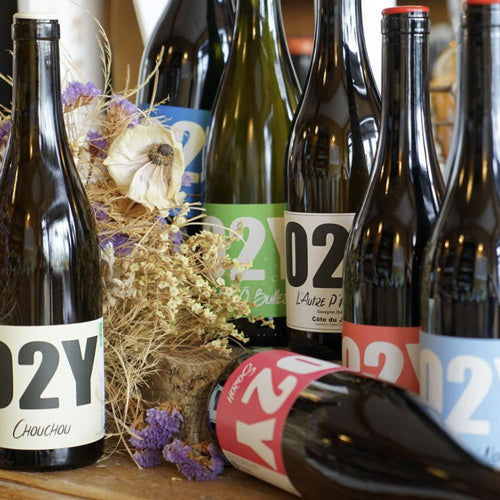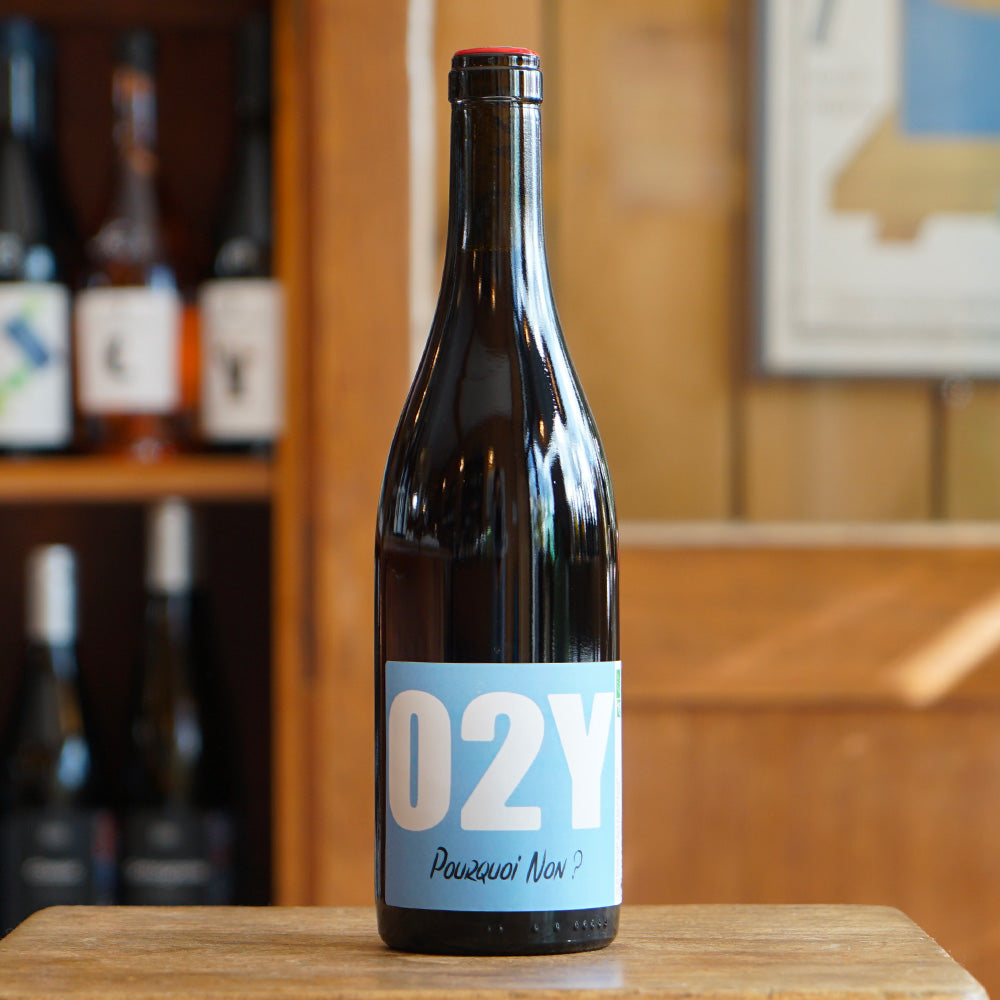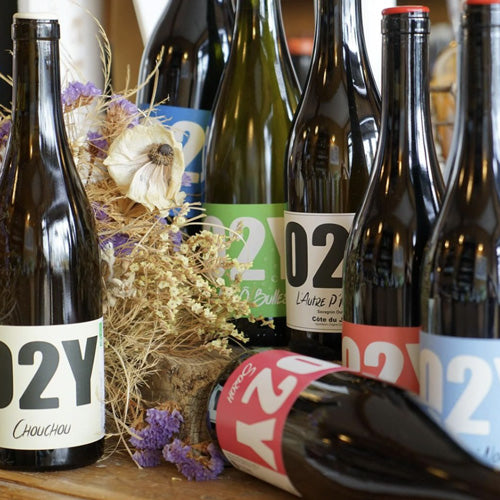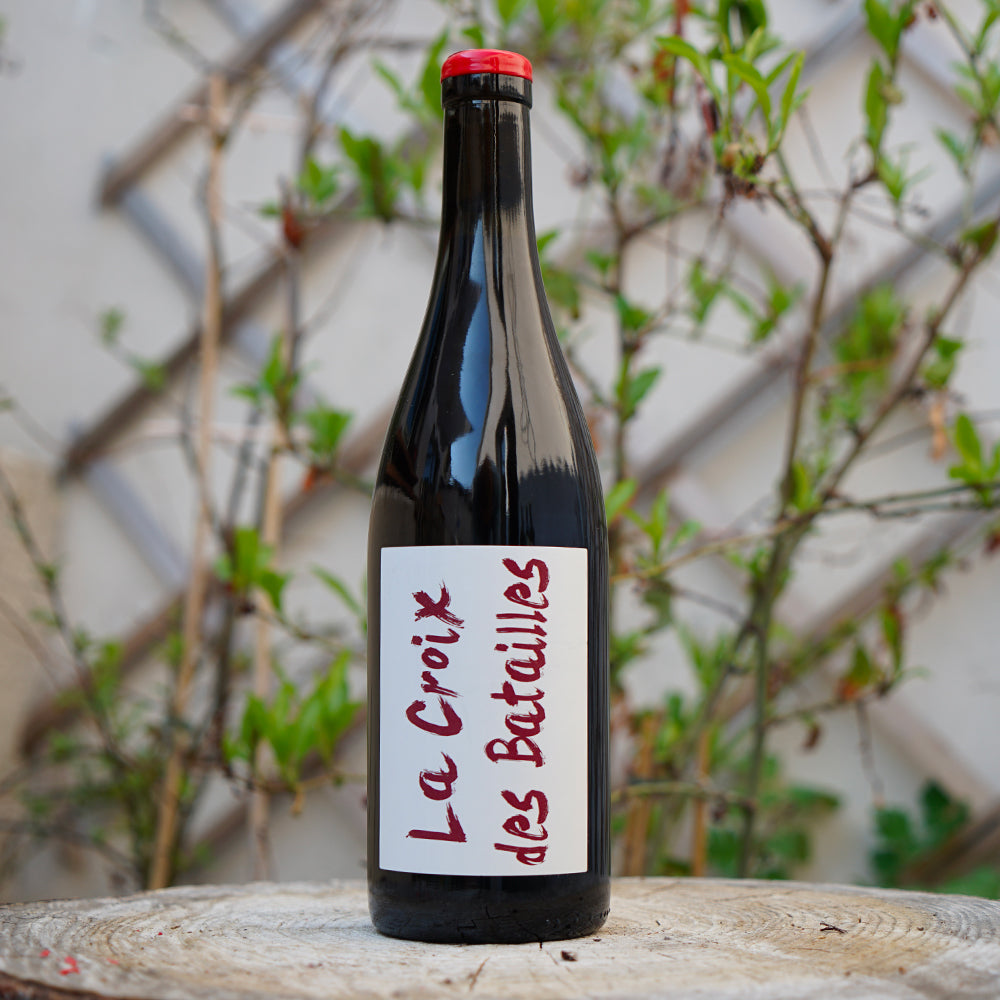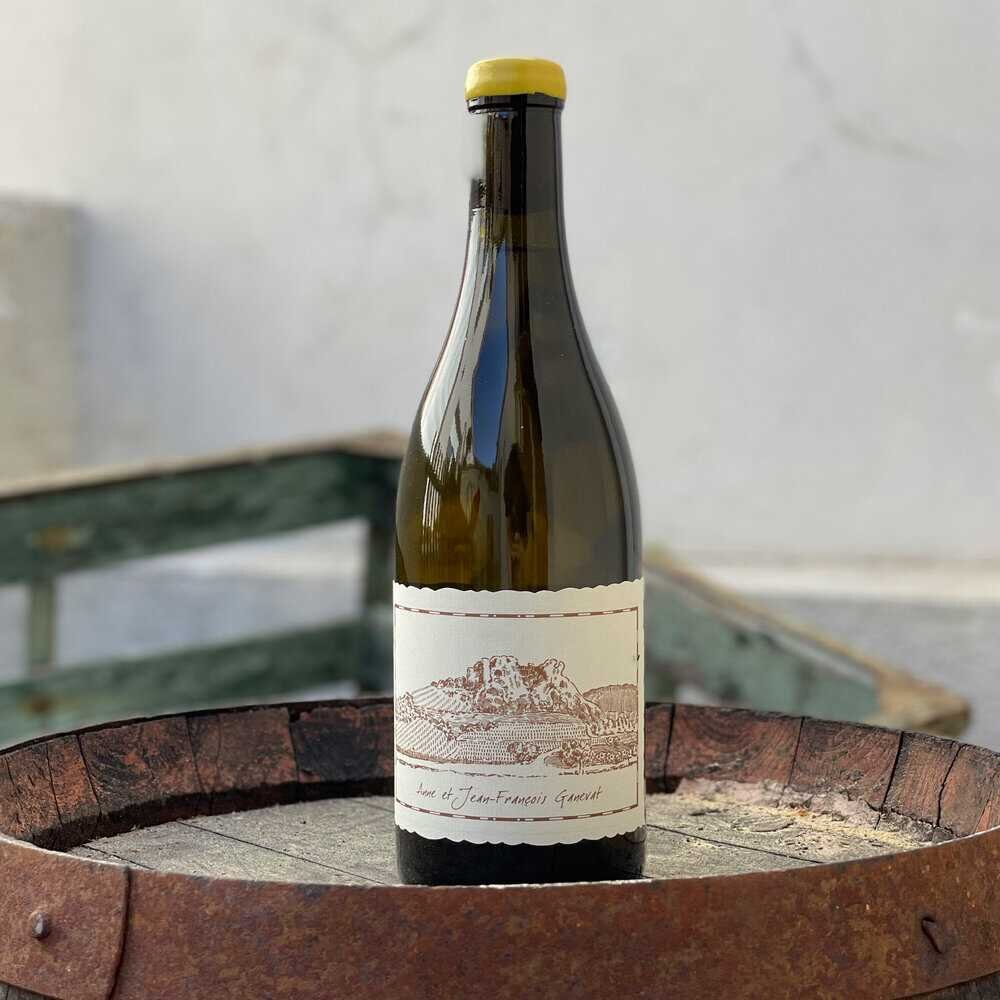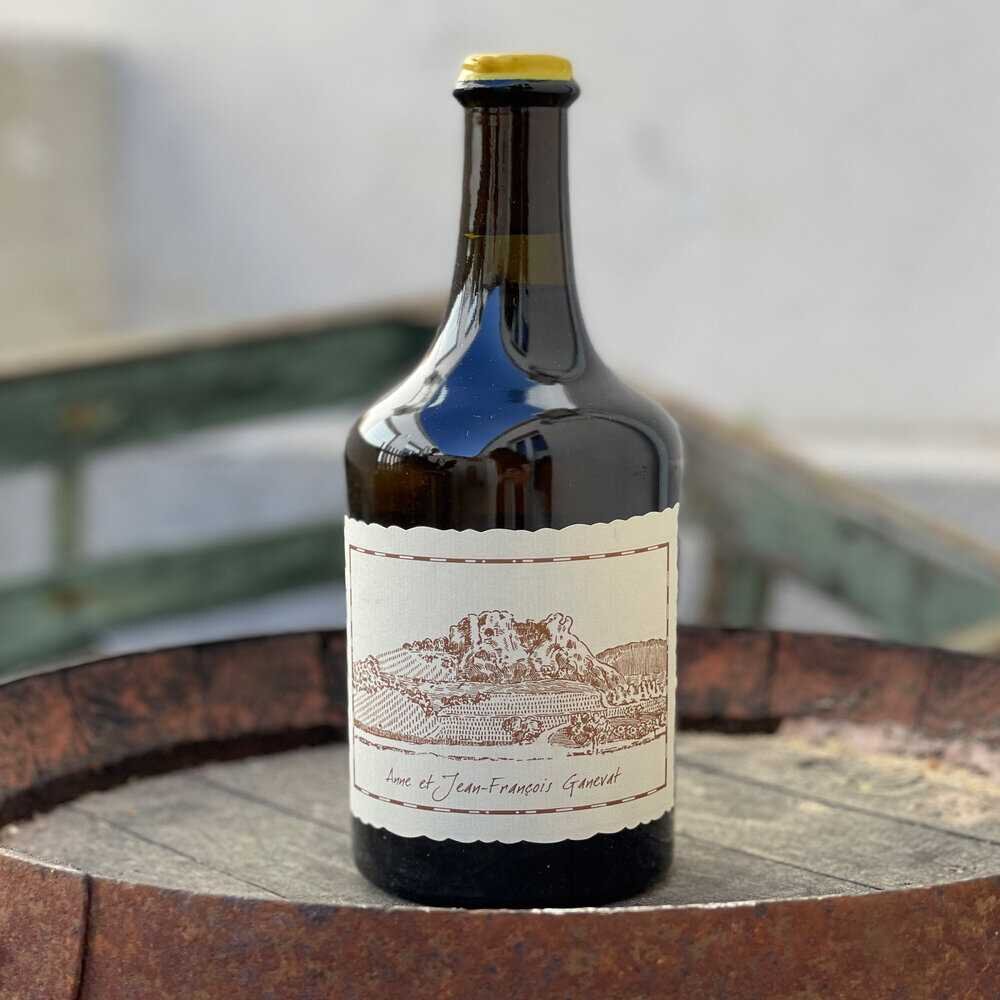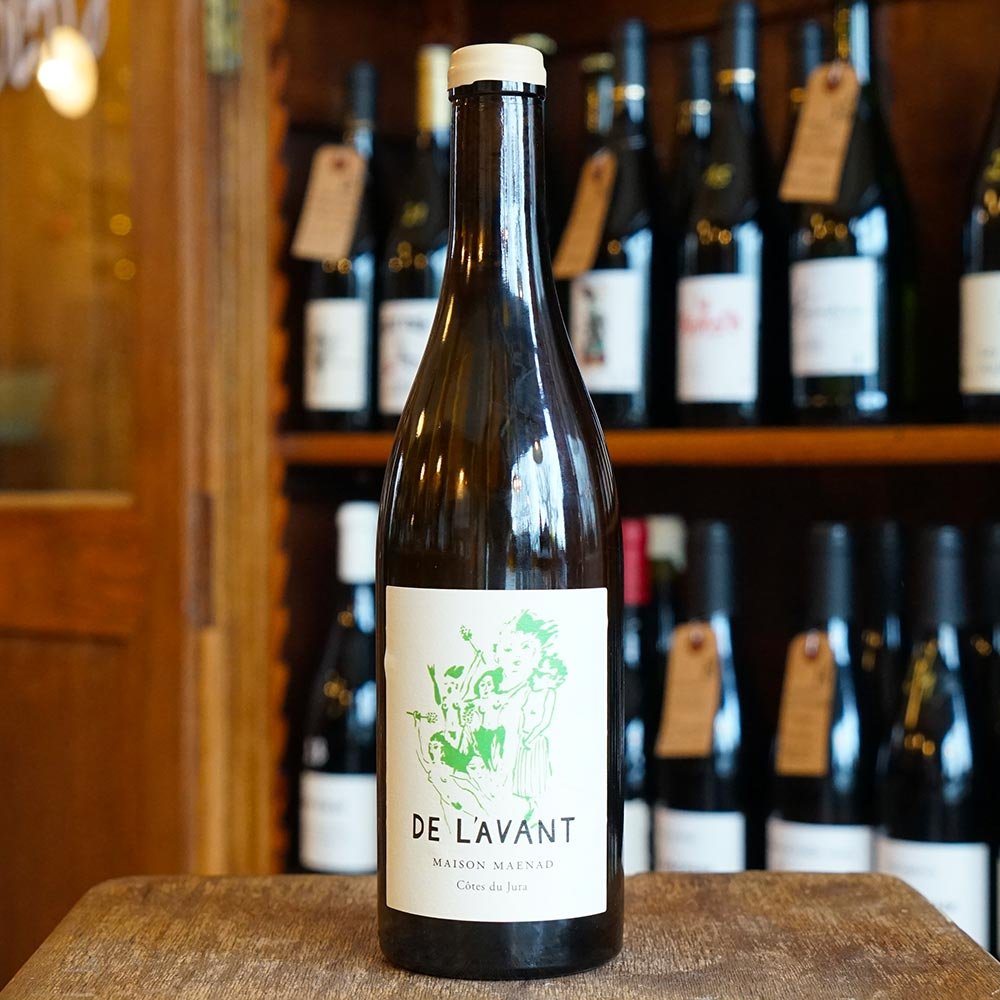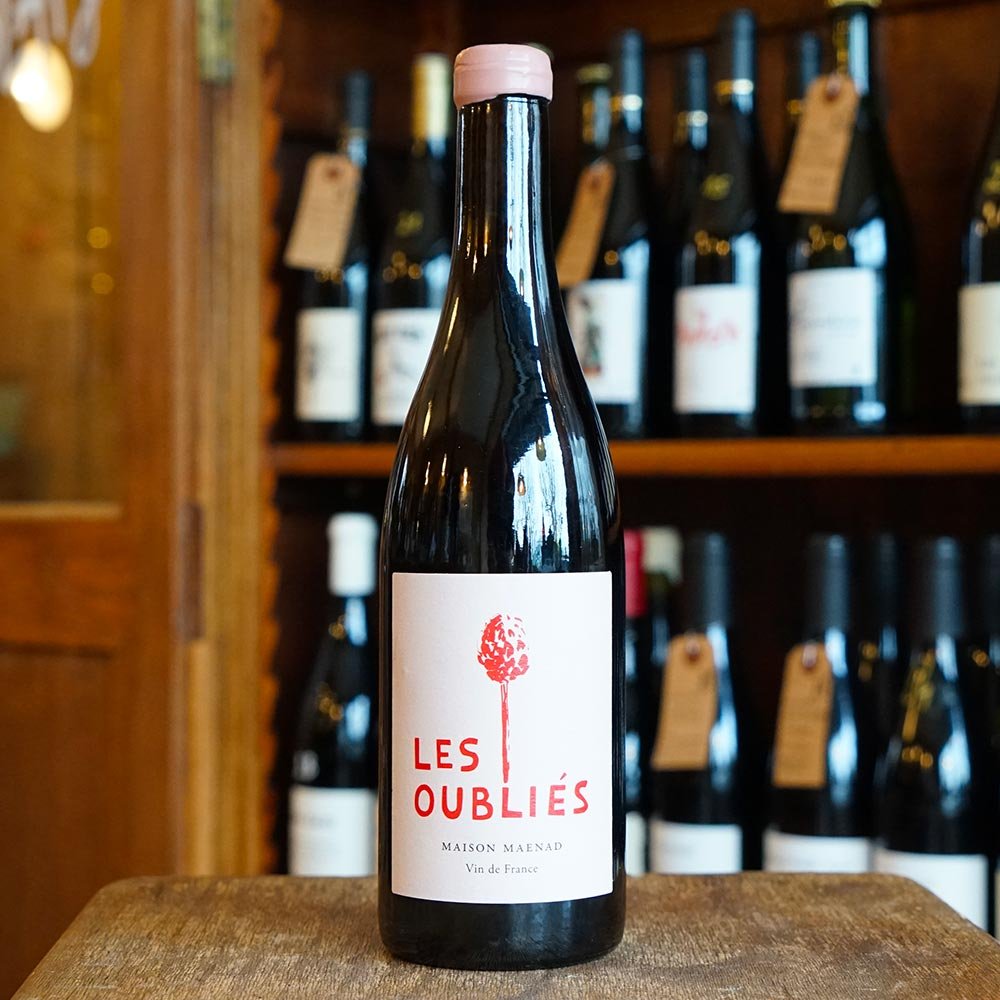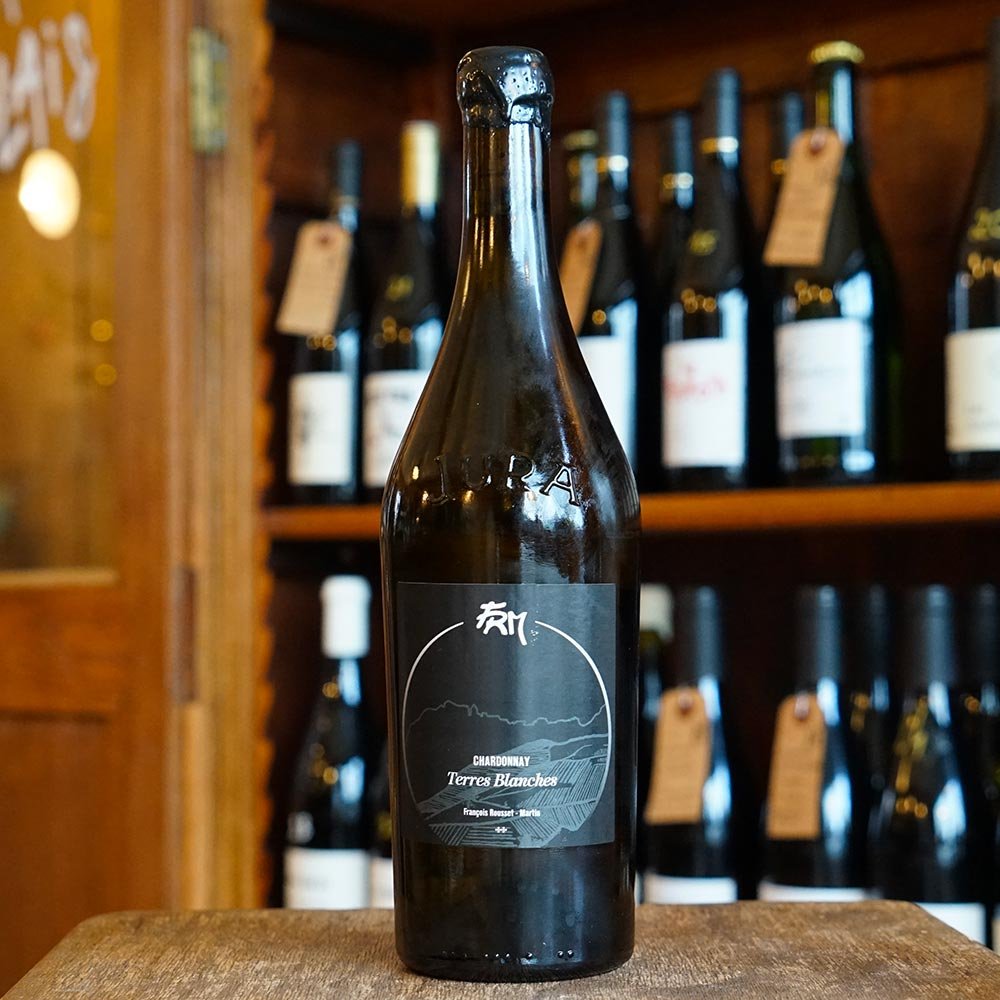Natural Wine from Jura
This is a vineyard that went unnoticed for years, where we only thought we could find yellow wines, these oxidative wines with heavy nutty aromas, only to be drunk with a slice of well-ripened Comté...
Little known or at least unloved vineyard for a long period until the appearance of the precursors, the pioneers of Natural Wine: Pierre Overnoy and Emmanuel Houillon, Jean-François Ganevat known as Fanfan or even the Domaine de la Tournelle. The latter would advance at high speed the development of natural winemaking just like their colleagues from Beaujolais, Marcel Lapierre, Yvon Métras and Jean Foillard who also greatly marked the history of French natural wine.
No input into the vineyard or into the vats. Stay as close as possible to the purity of the grapes and its terroir. Putting the theoretical work of Jules Chauvet into practice and producing healthy wines…
With their thirst to introduce their wines to as many people as possible and also thanks to numerous events such as the organic winegrowers' show Le Nez dans le Verre, the Jura has become a vineyard that must be counted on.
The Jura vineyard currently covers 2,100 ha and is divided into 6 distinct appellations: Arbois (780 ha), Côtes du Jura (570 ha), l'Etoile (73 ha), Château-Chalon (54 ha), Crémant du Jura (336 ha) and Macvin du Jura (110 ha). It has the particularity of being the French vineyard with the most winegrowers in organic and biodynamic agriculture since they work more than 20% of the surface area there with almost 500 ha of cultivated land. The Jura grape varieties are Savagnin and Chardonnay in white, Poulsard (or Ploussard), Trousseau and Pinot Noir in red.
Often planted on gray lias marl or on decalcification clays, Savagnin will produce wines with very great aging potential, full-bodied and lively with good acidity, such as the Savagnin Oxydatif by Domaine de la Renardière.
Chardonnay for its part (which represents more than 40% of the vineyard) will find its ideal terroir on limestone marl, for example on the Vianderies terroir in Pupillin.
Poulsard is a more complicated and difficult grape variety to work with, it often gives winegrowers a hard time because of its propensity to offer low yields but it particularly thrives on red marl or Triassic terroirs.
Now it's Trousseau's turn, the most demanding grape variety and especially the latest, it needs gravel or clay soils to be able to ripen perfectly and develop its aromas of spices and pepper, Guillaume Overnoy (grandson of Pierre Overnoy) understood this well with its Trousseau 2022 vintage from Domaine Overnoy.
Finally, Pinot Noir is certainly accustomed to the great plains of Burgundy, but it is far from displeased on the light, limestone soils of the Jura vineyards, as Aurélie Parla and Julien Maublanc from the La Grapp'A estate demonstrate to us with their “Infusion” cuvée. , which as its name indicates is an infusion of Pinot Noir, and offers us a vintage full of fruit and lightness.
You will have understood, the Jura vineyard has everything to surprise you and at Marée Haute we make it a point of honor to select these living wines and to highlight the natural winegrowers of tomorrow who are constantly pushing these appellations forward extraordinary.
For a wider selection of natural Jura wines, visit Vinograf.

